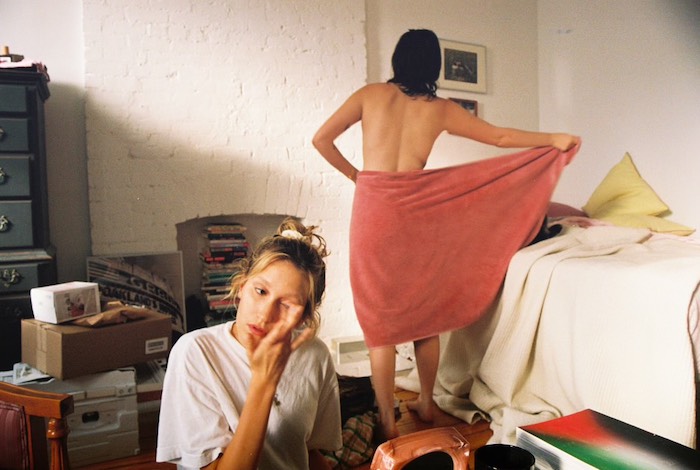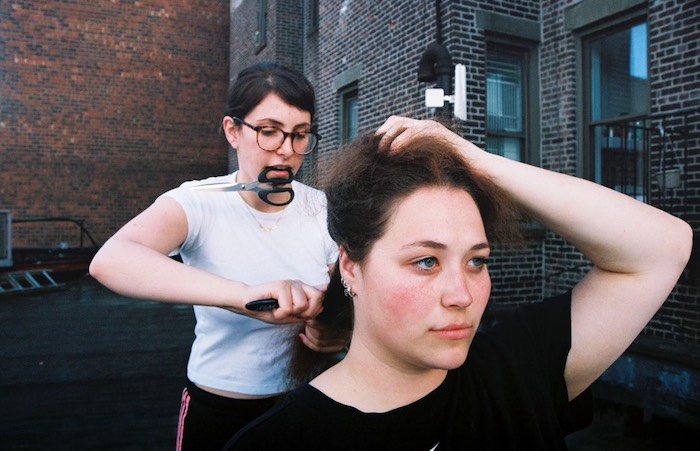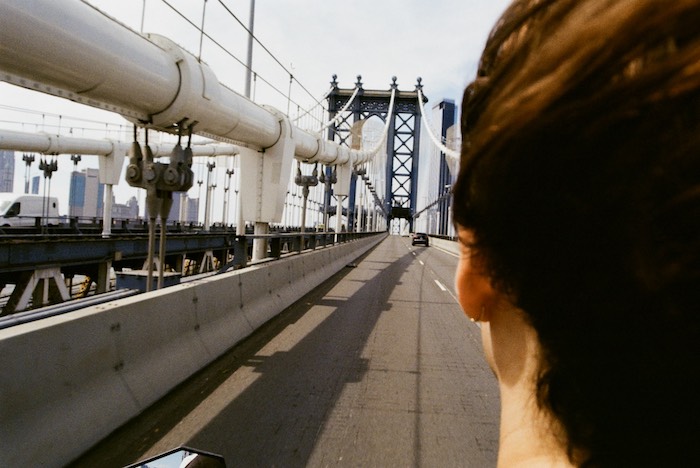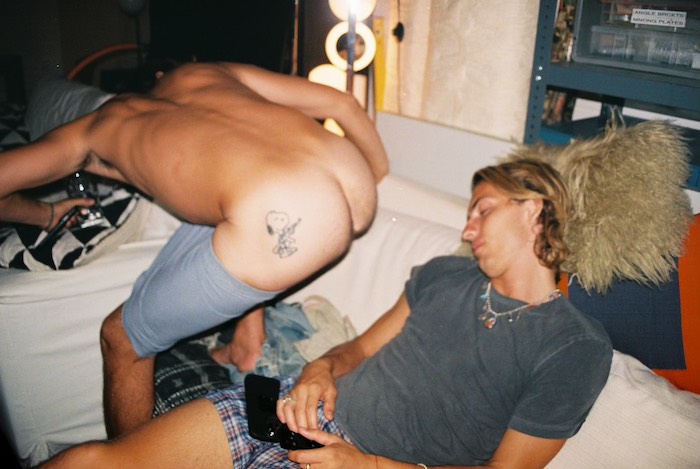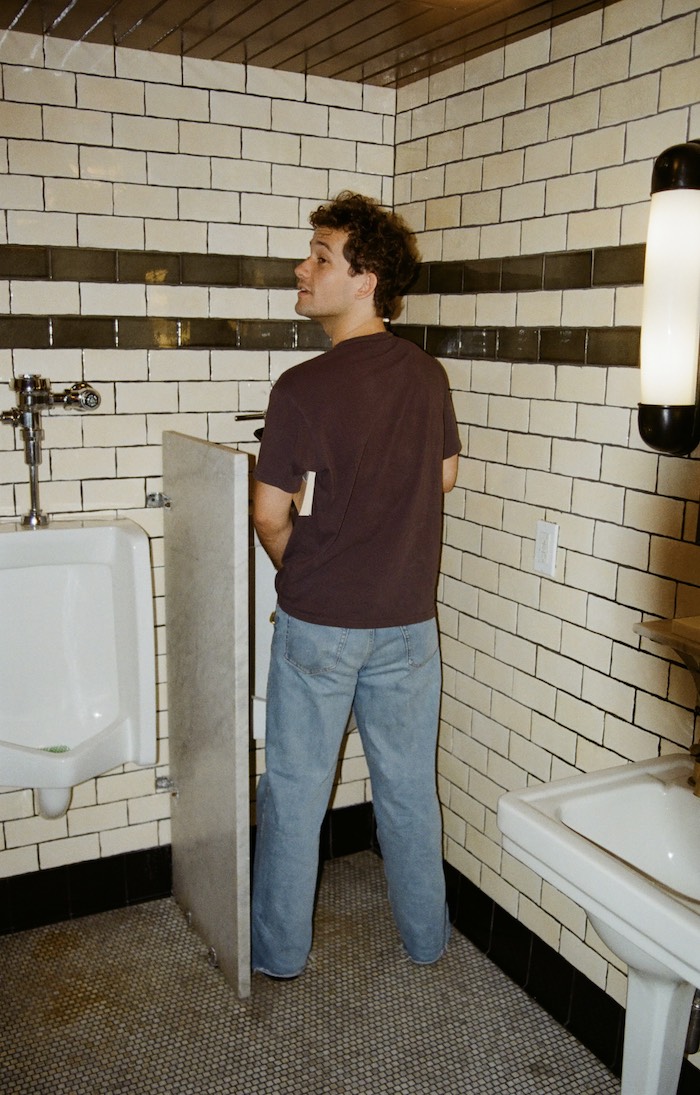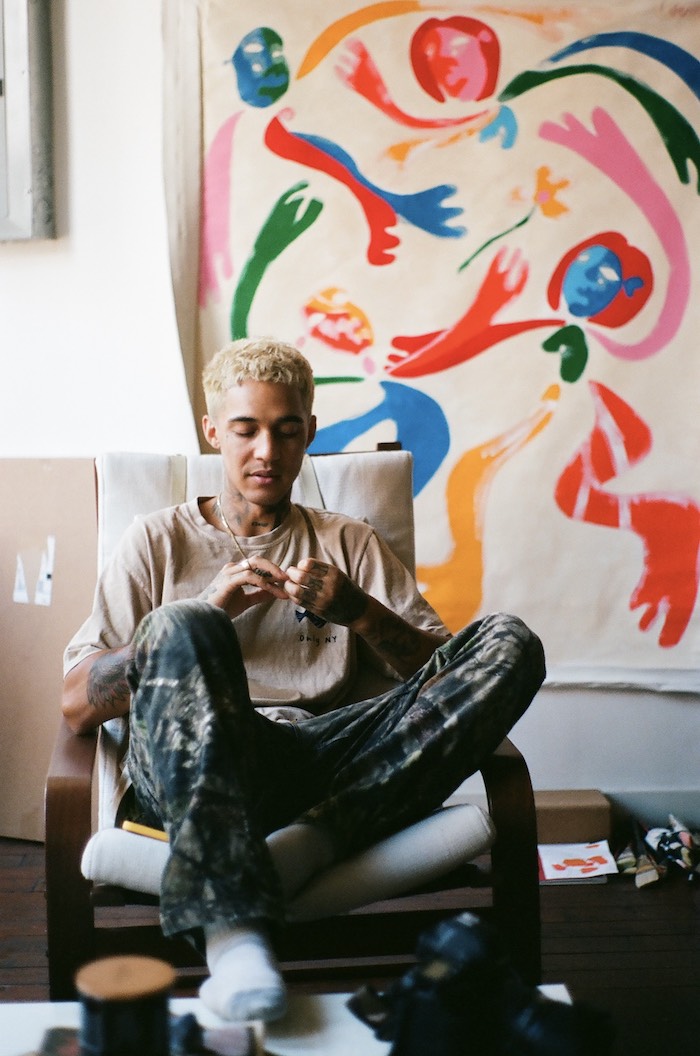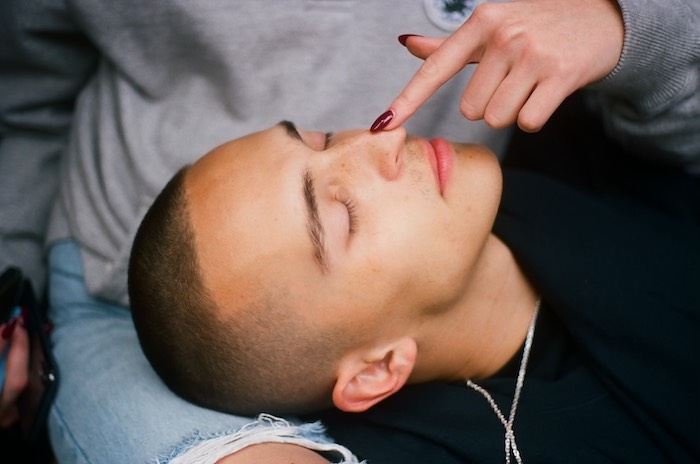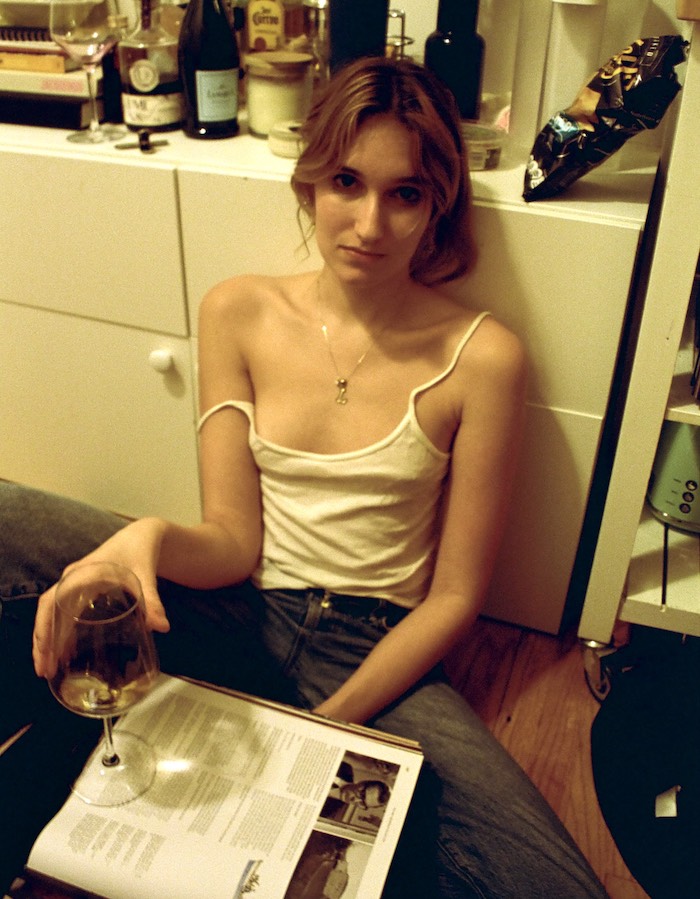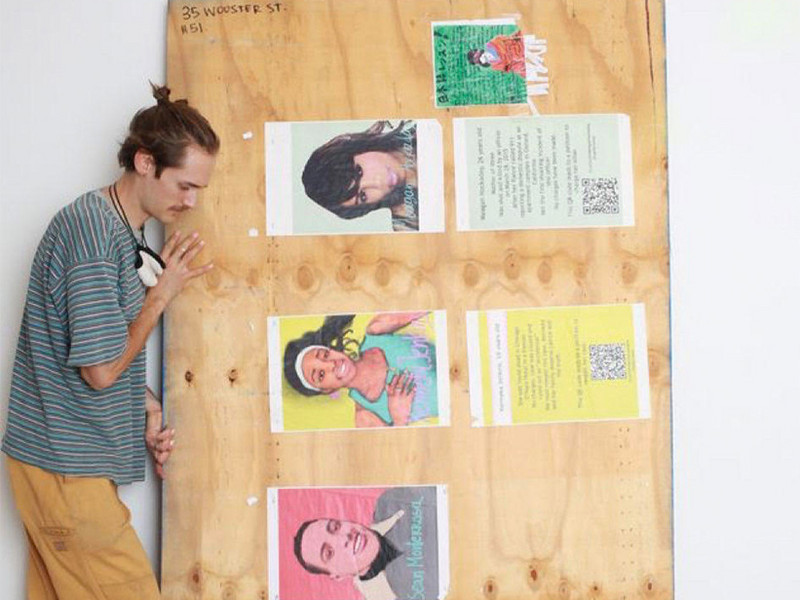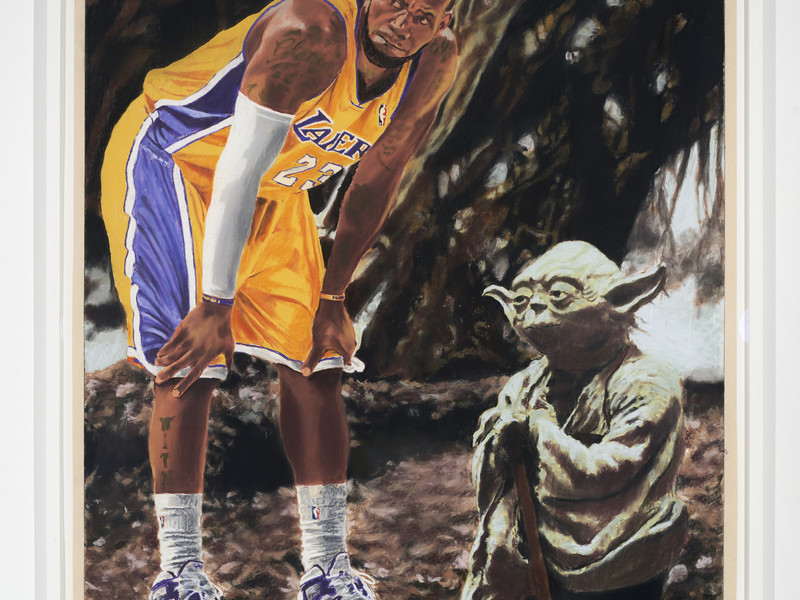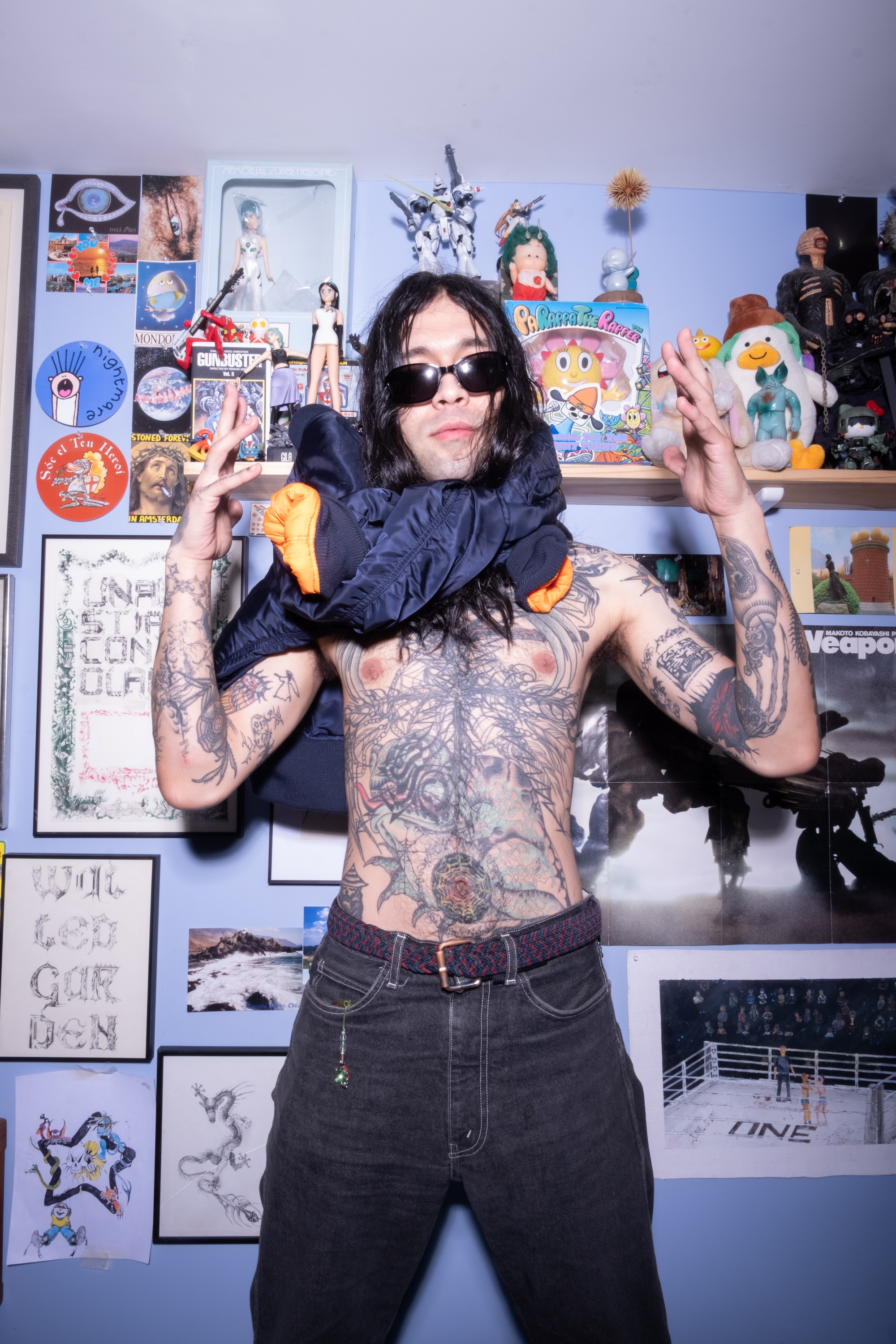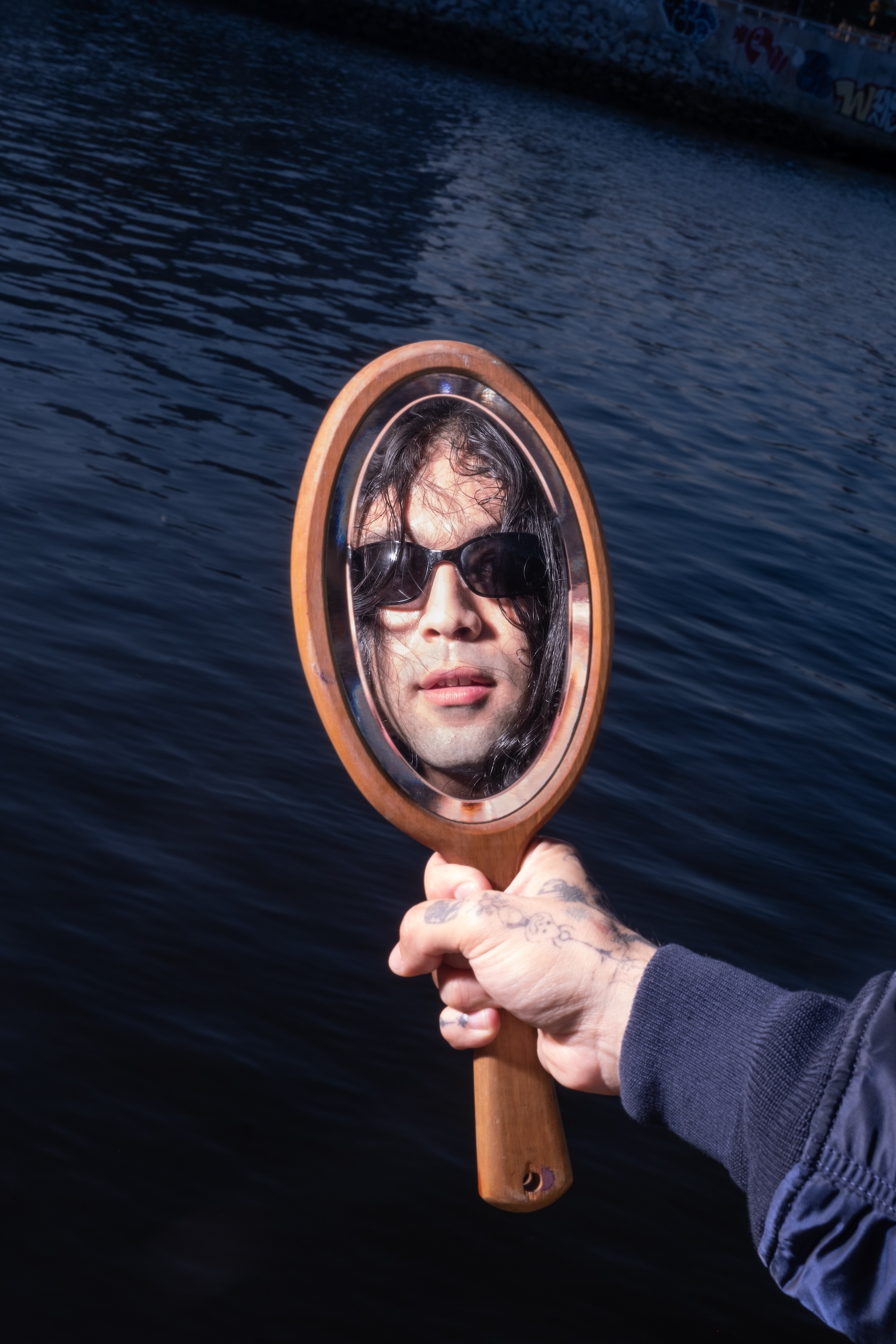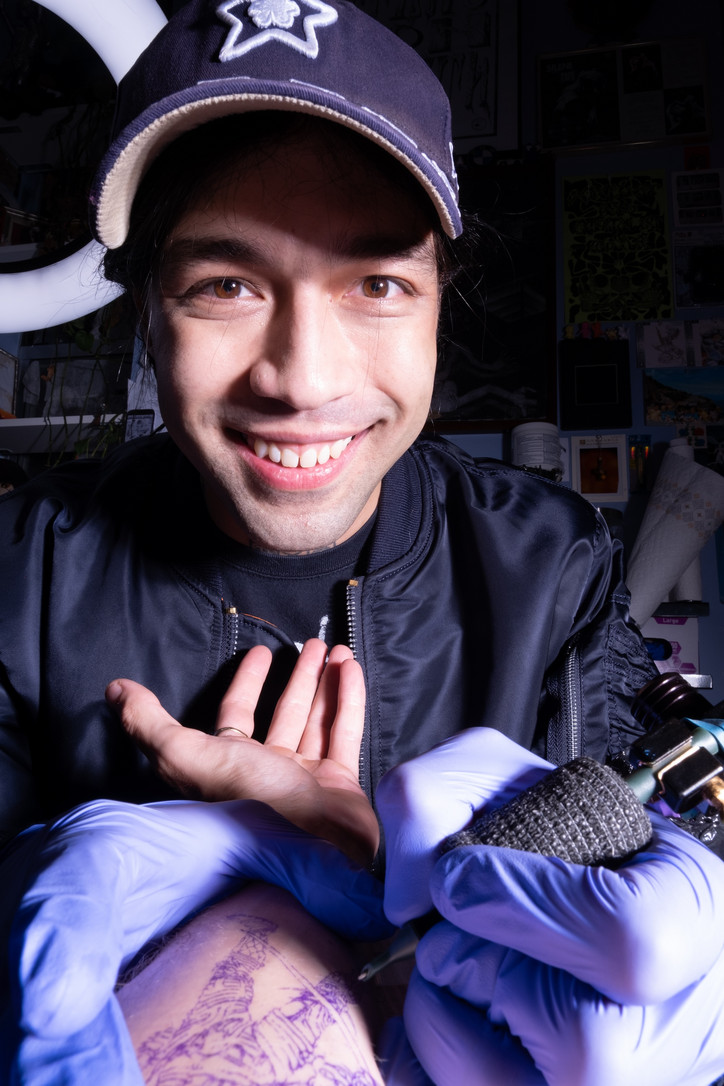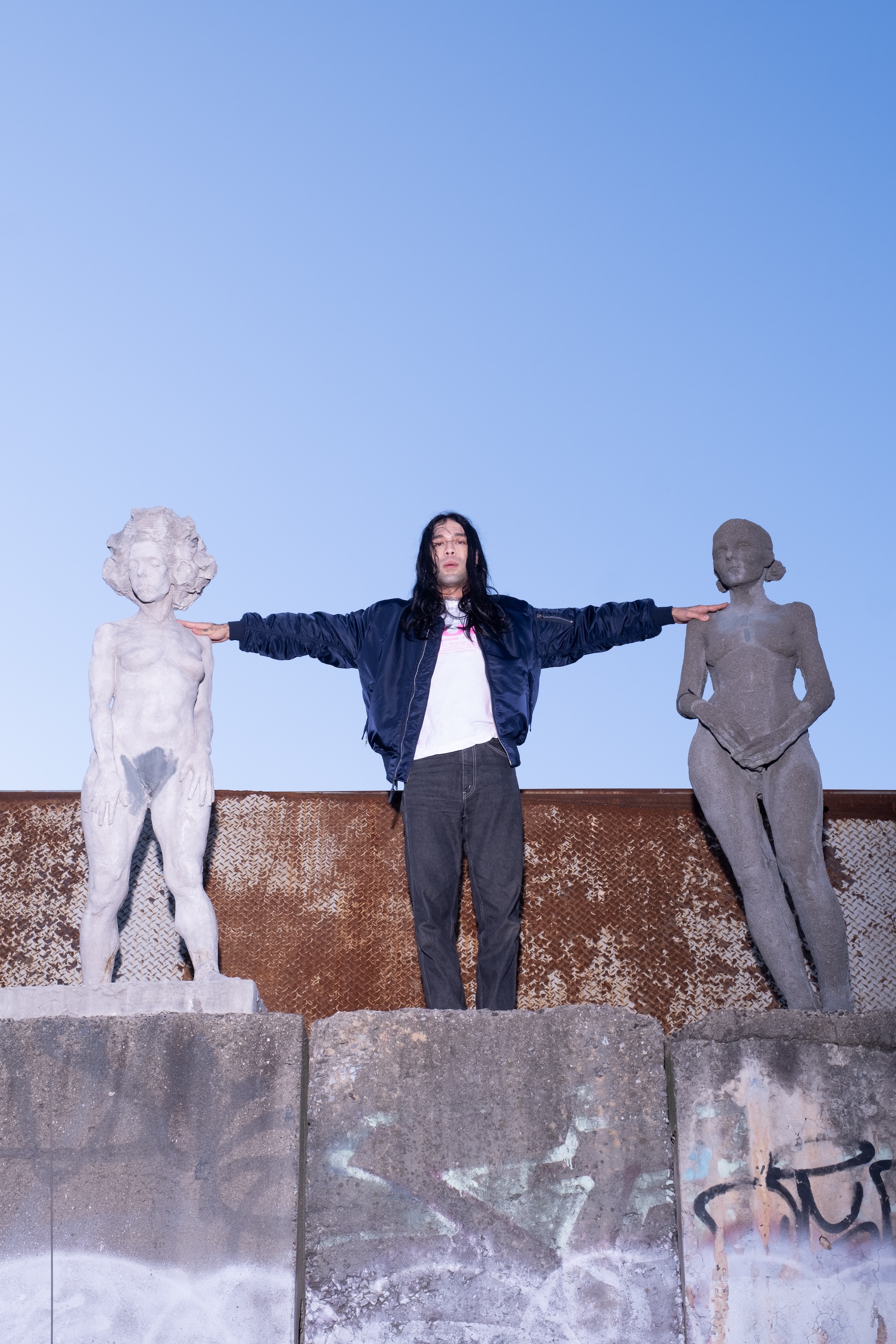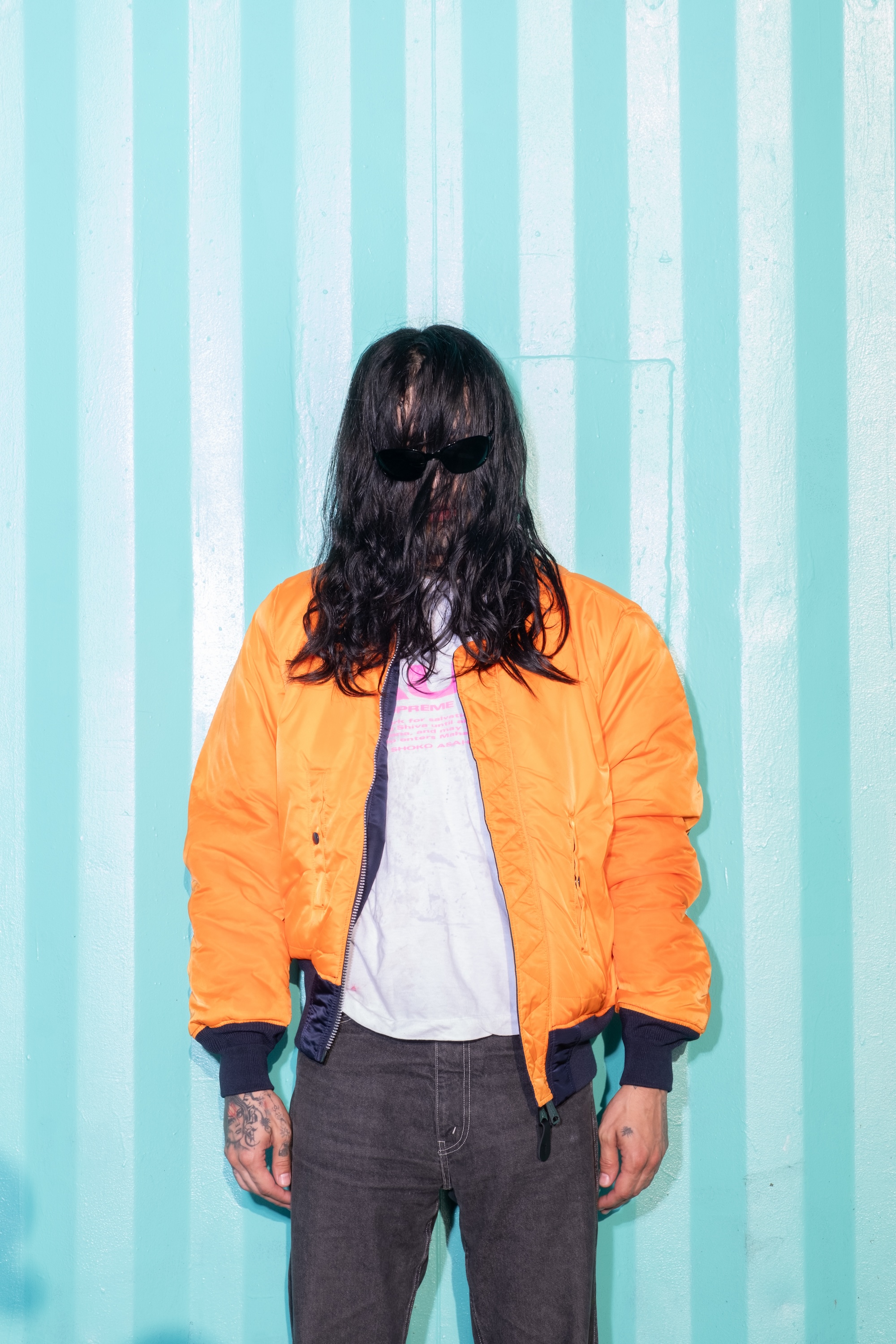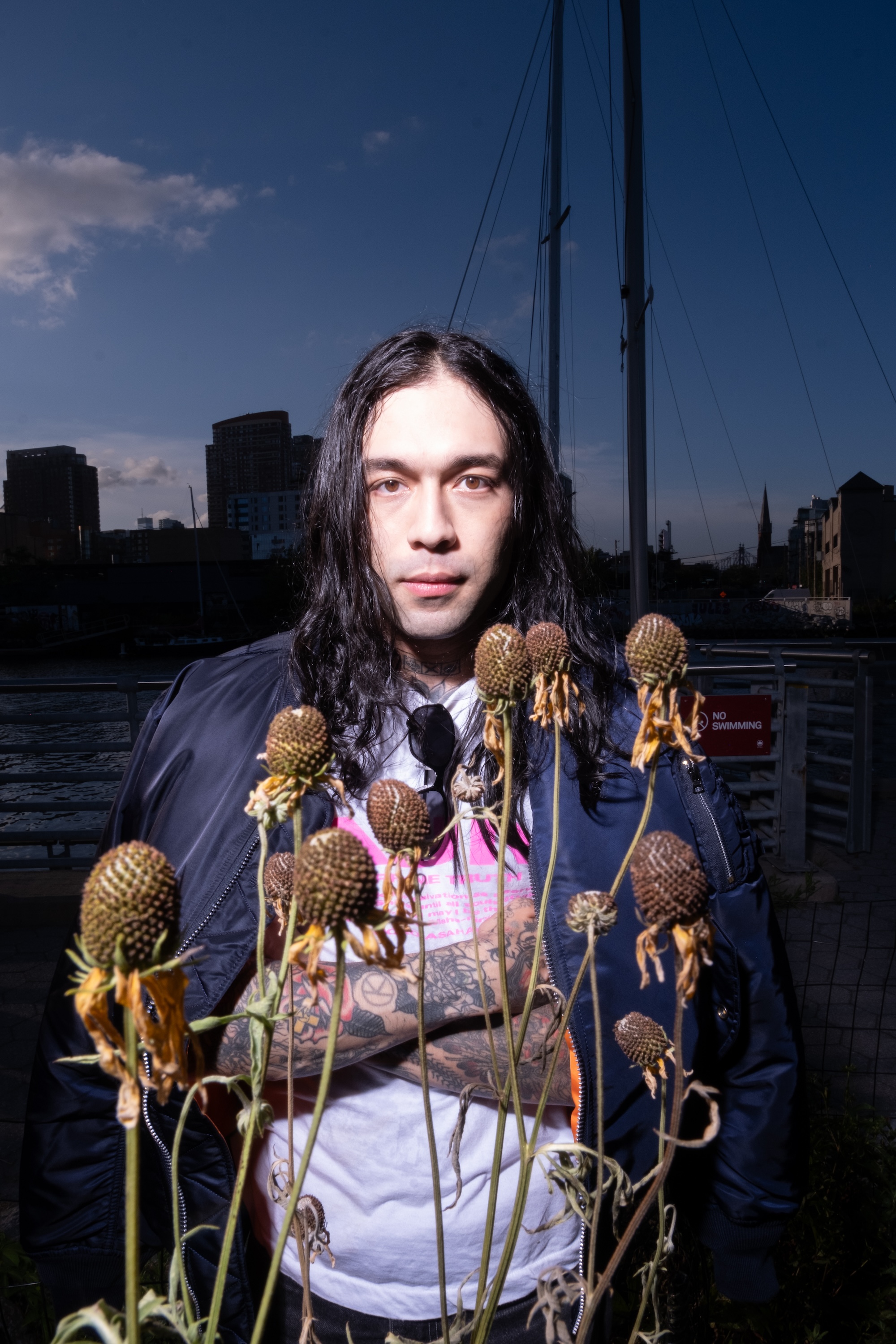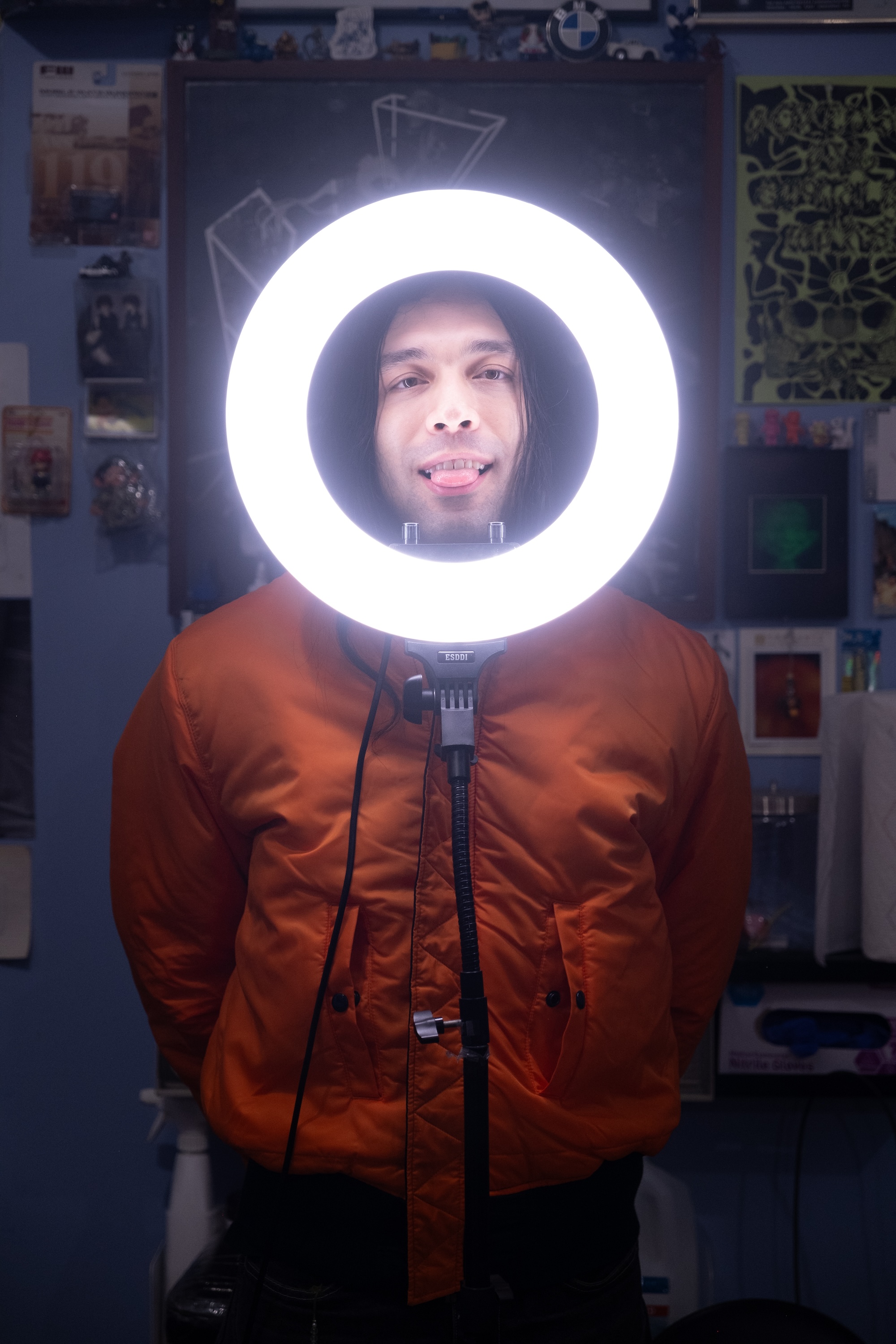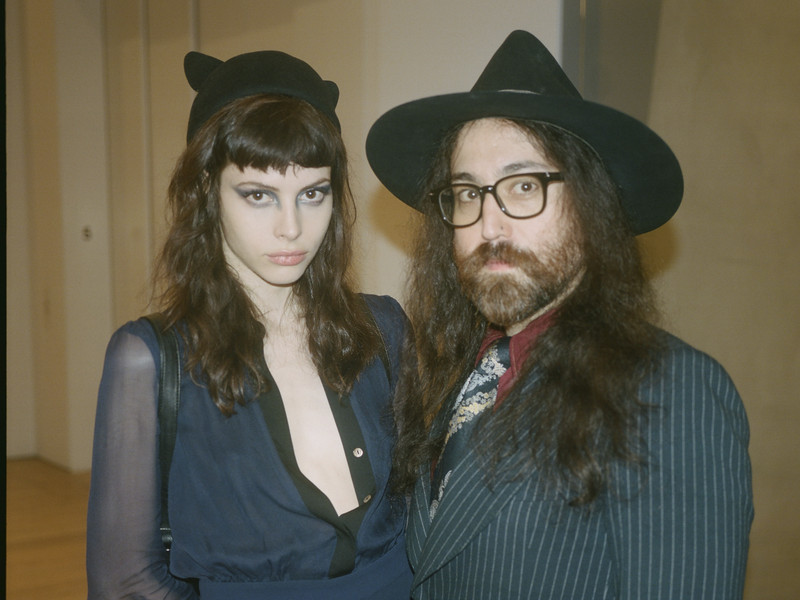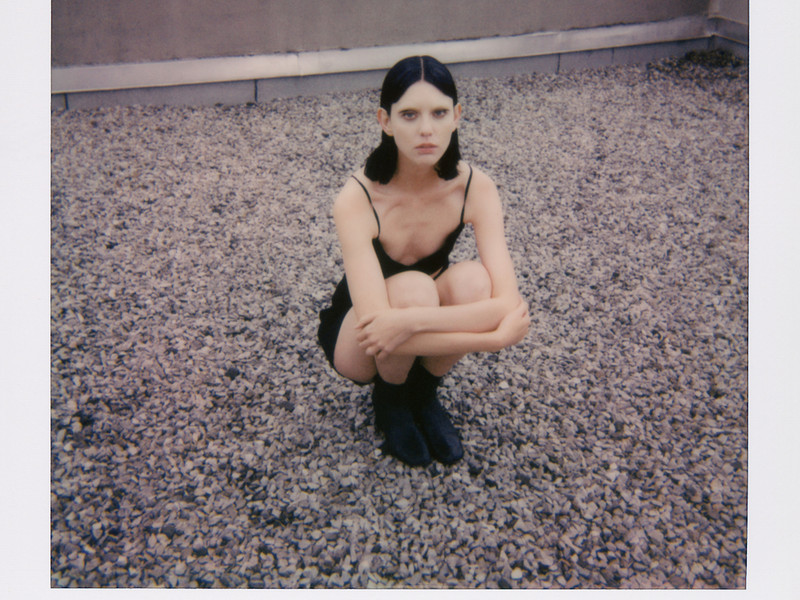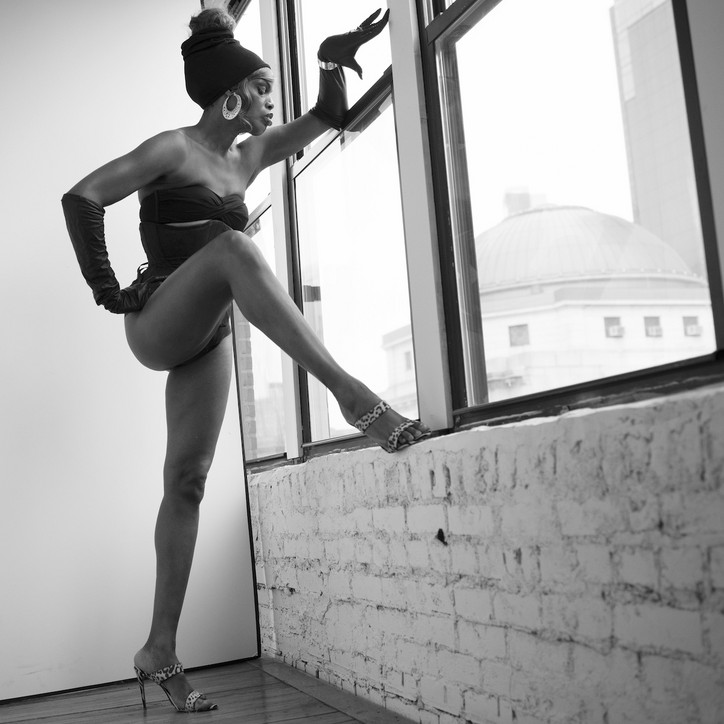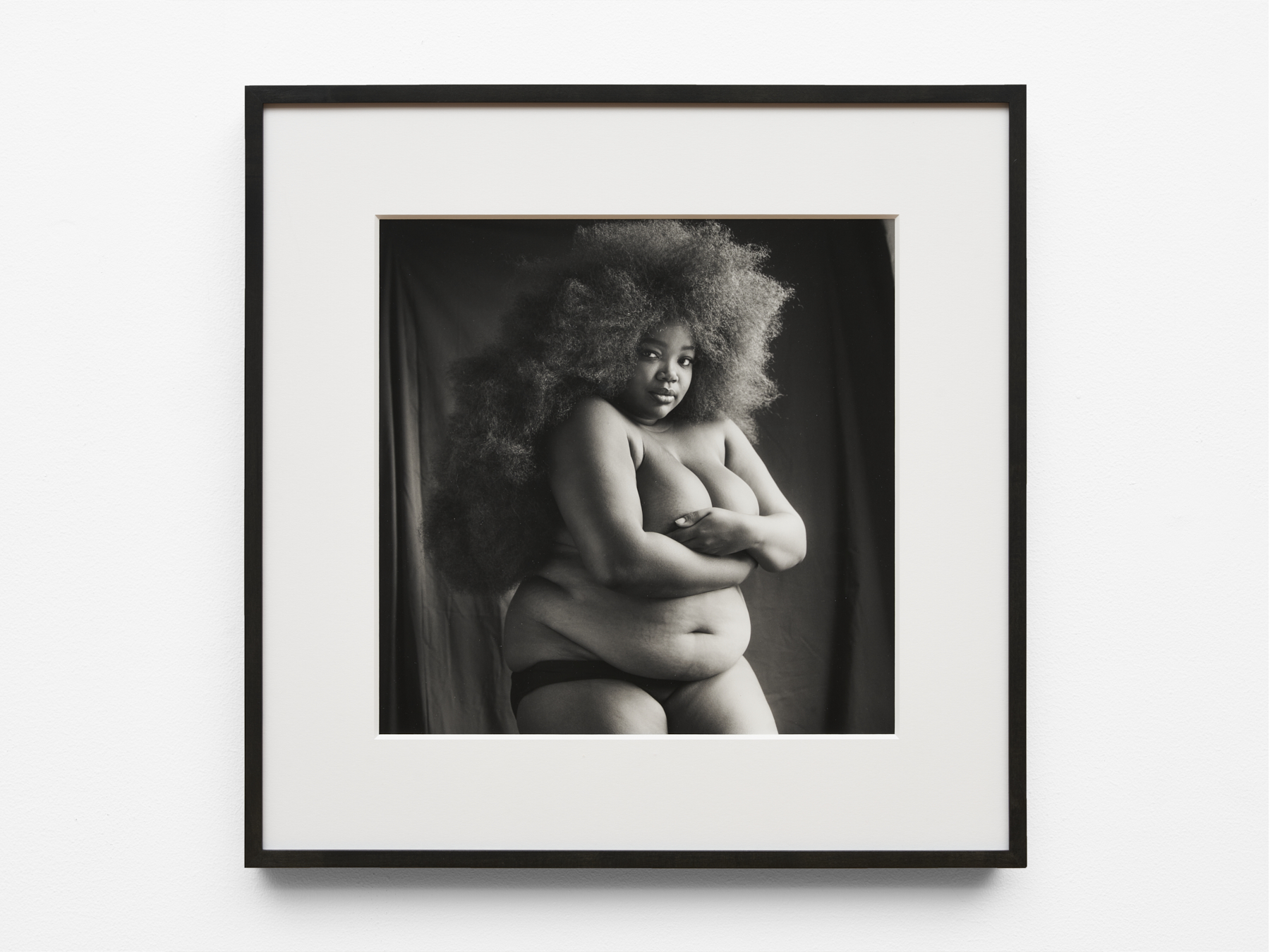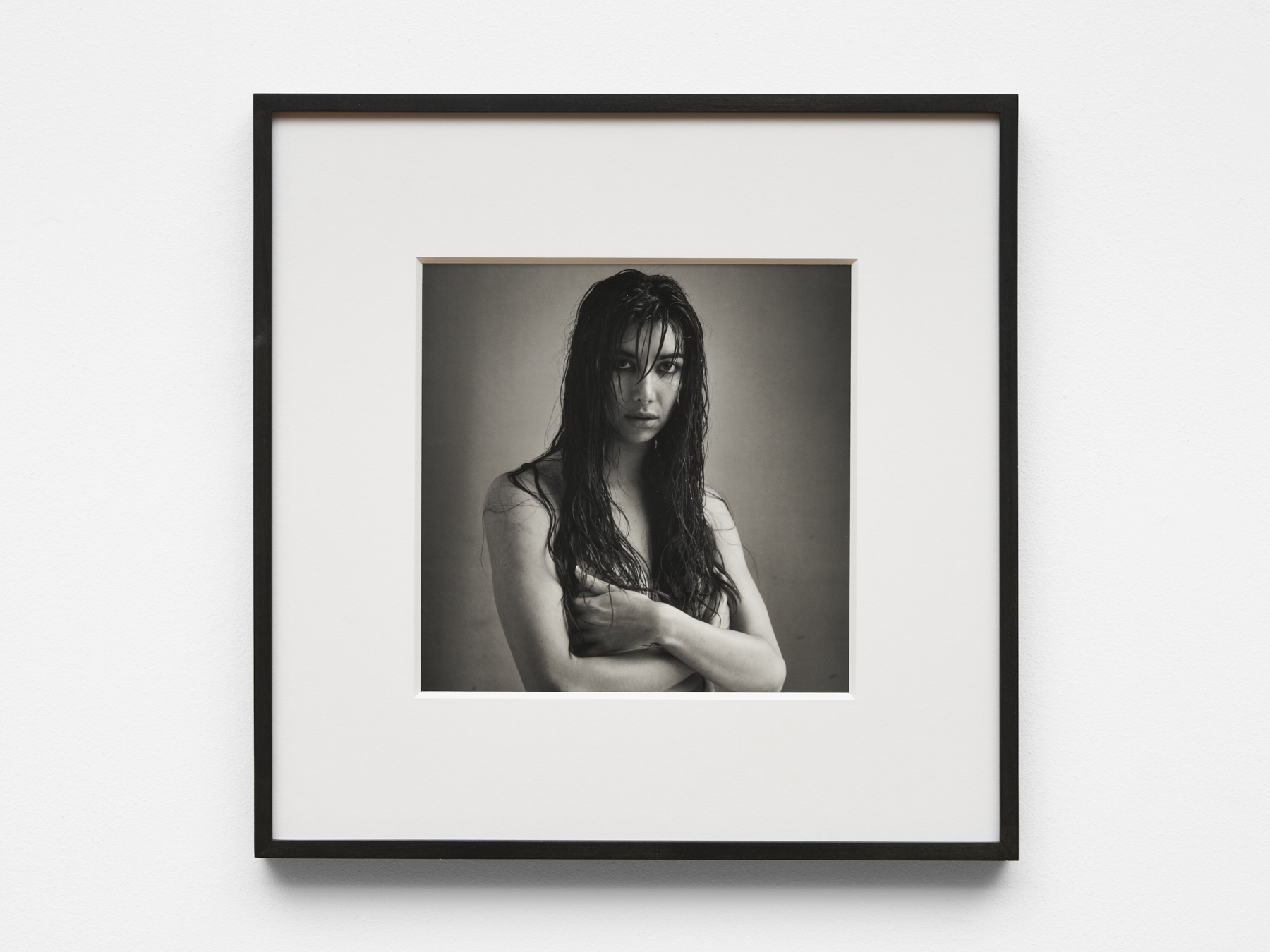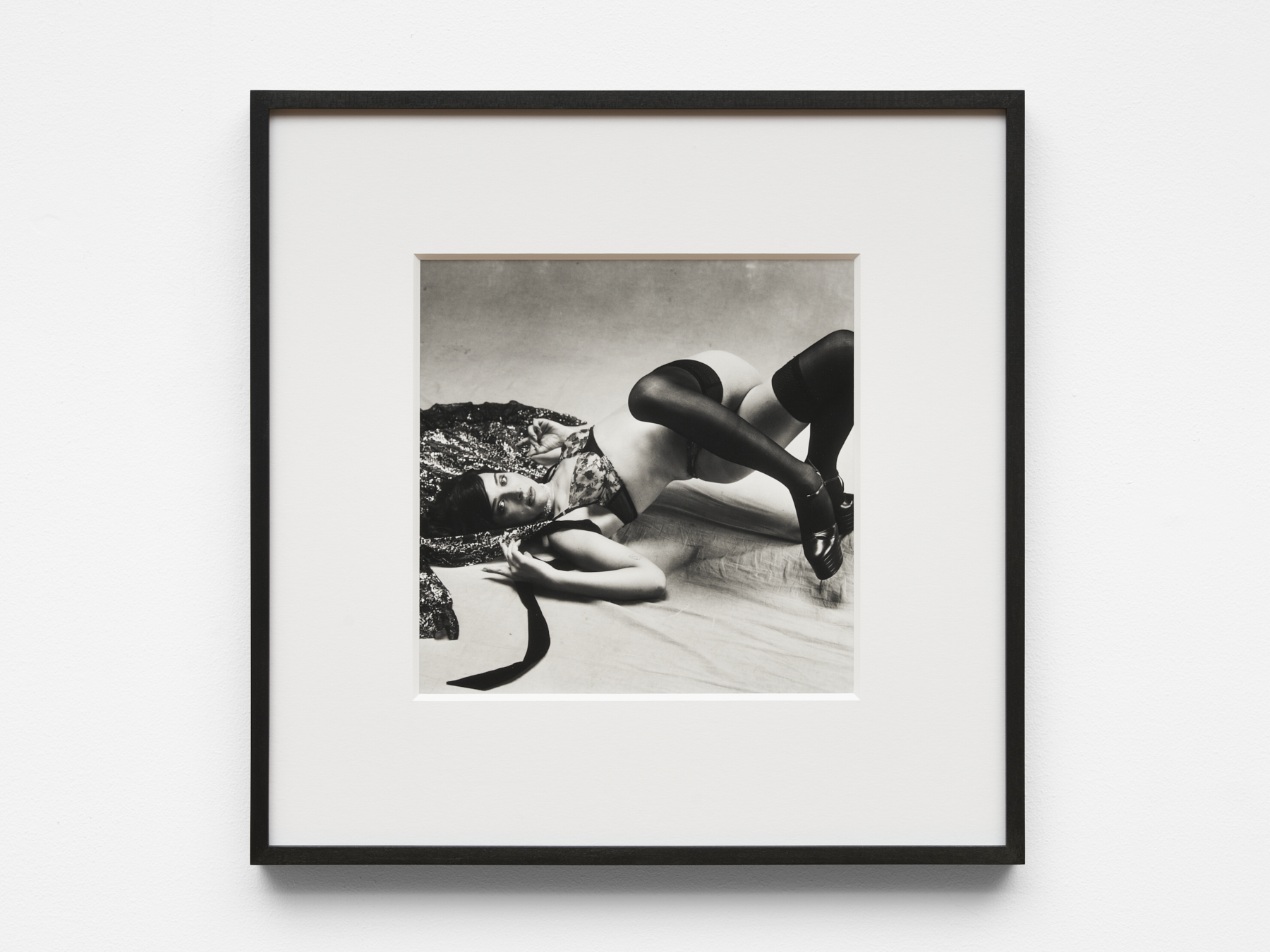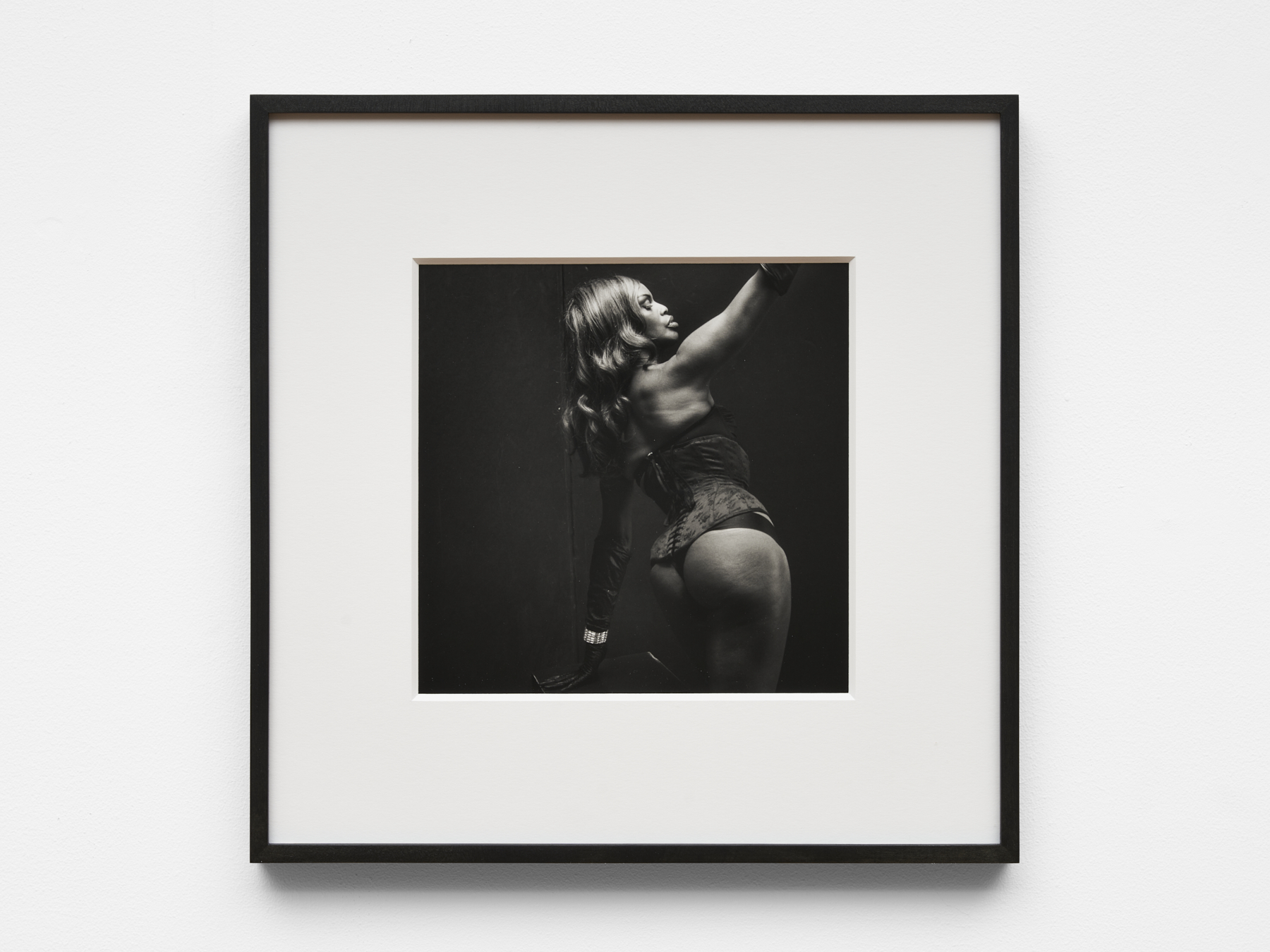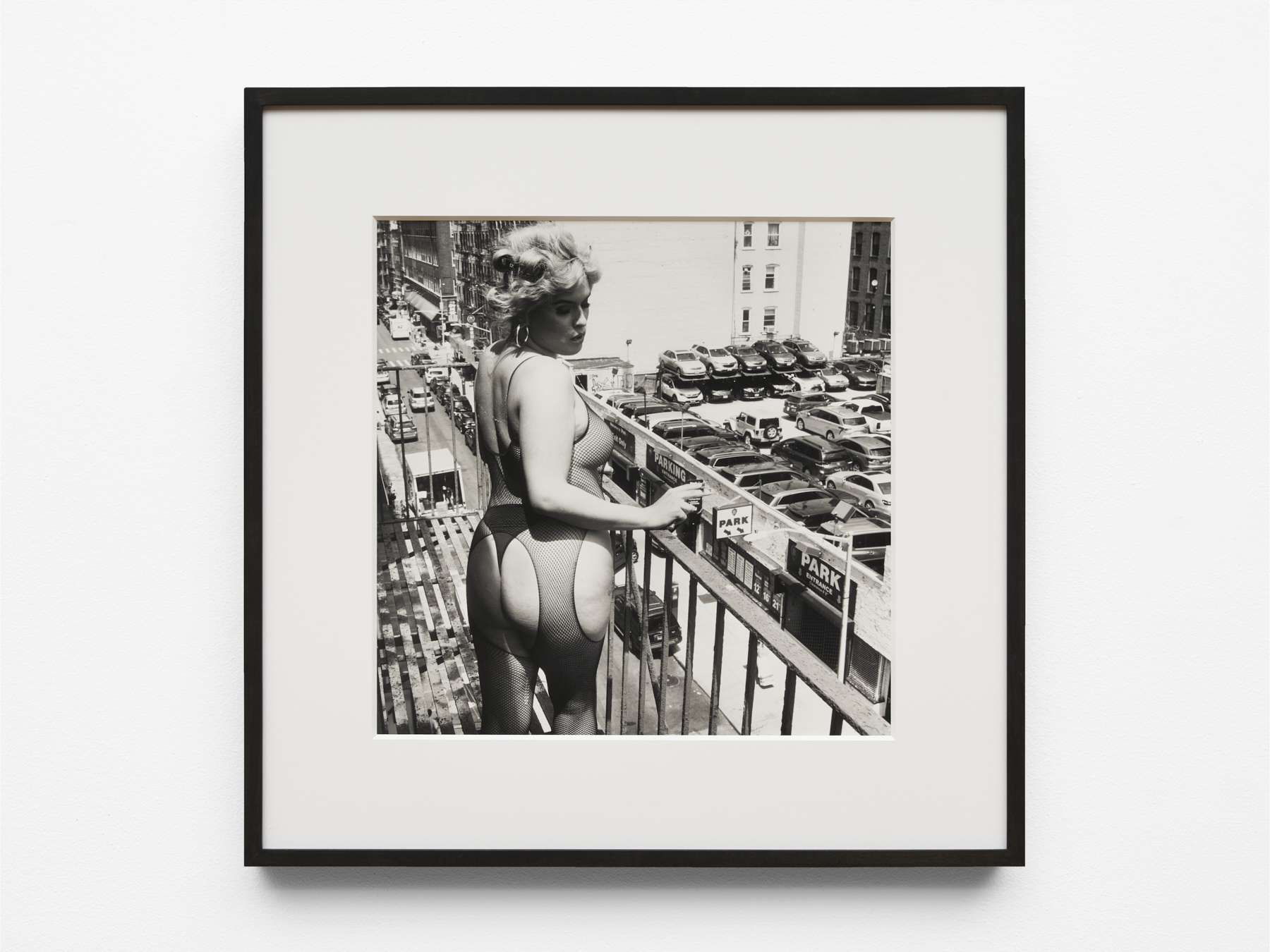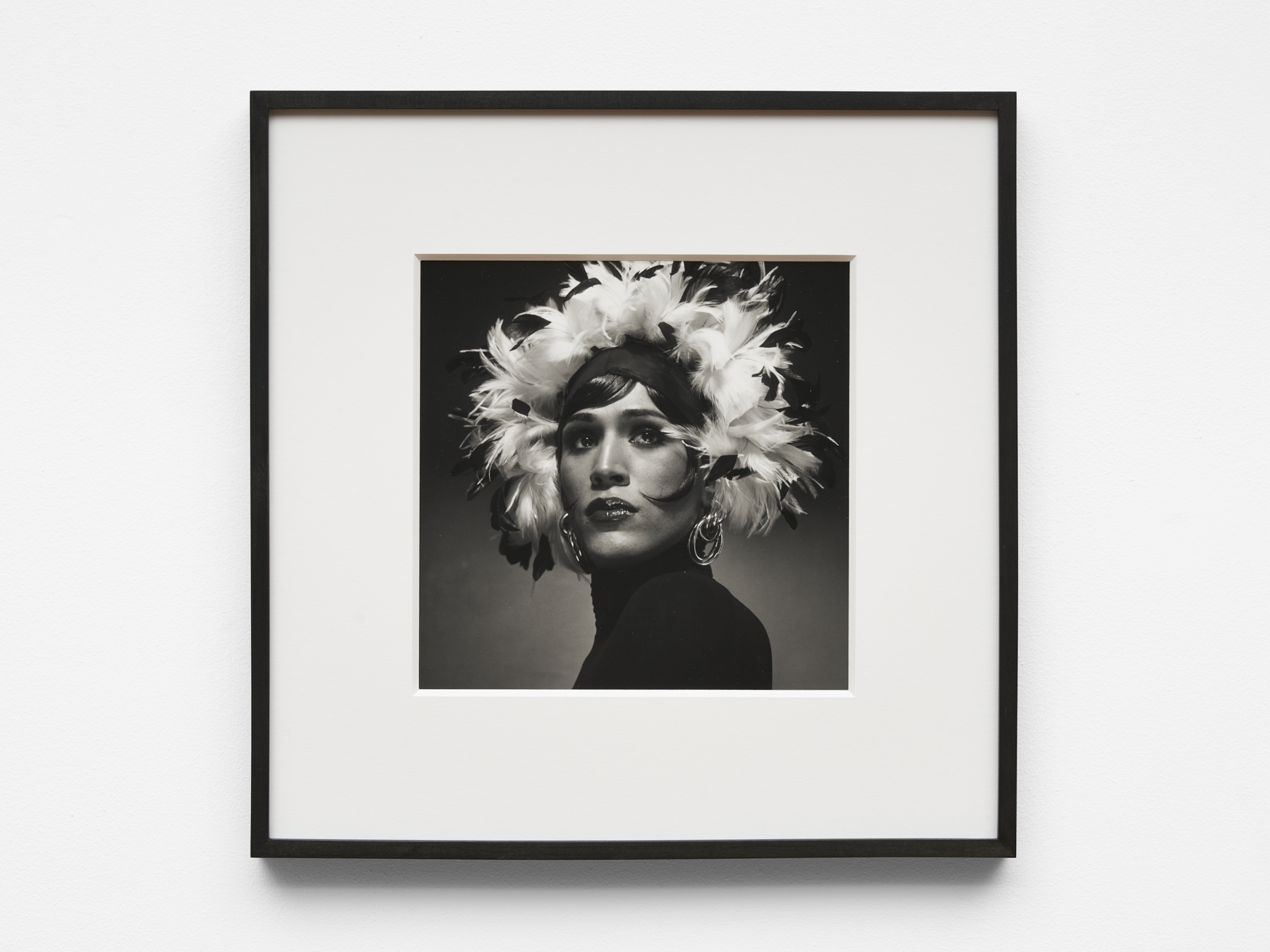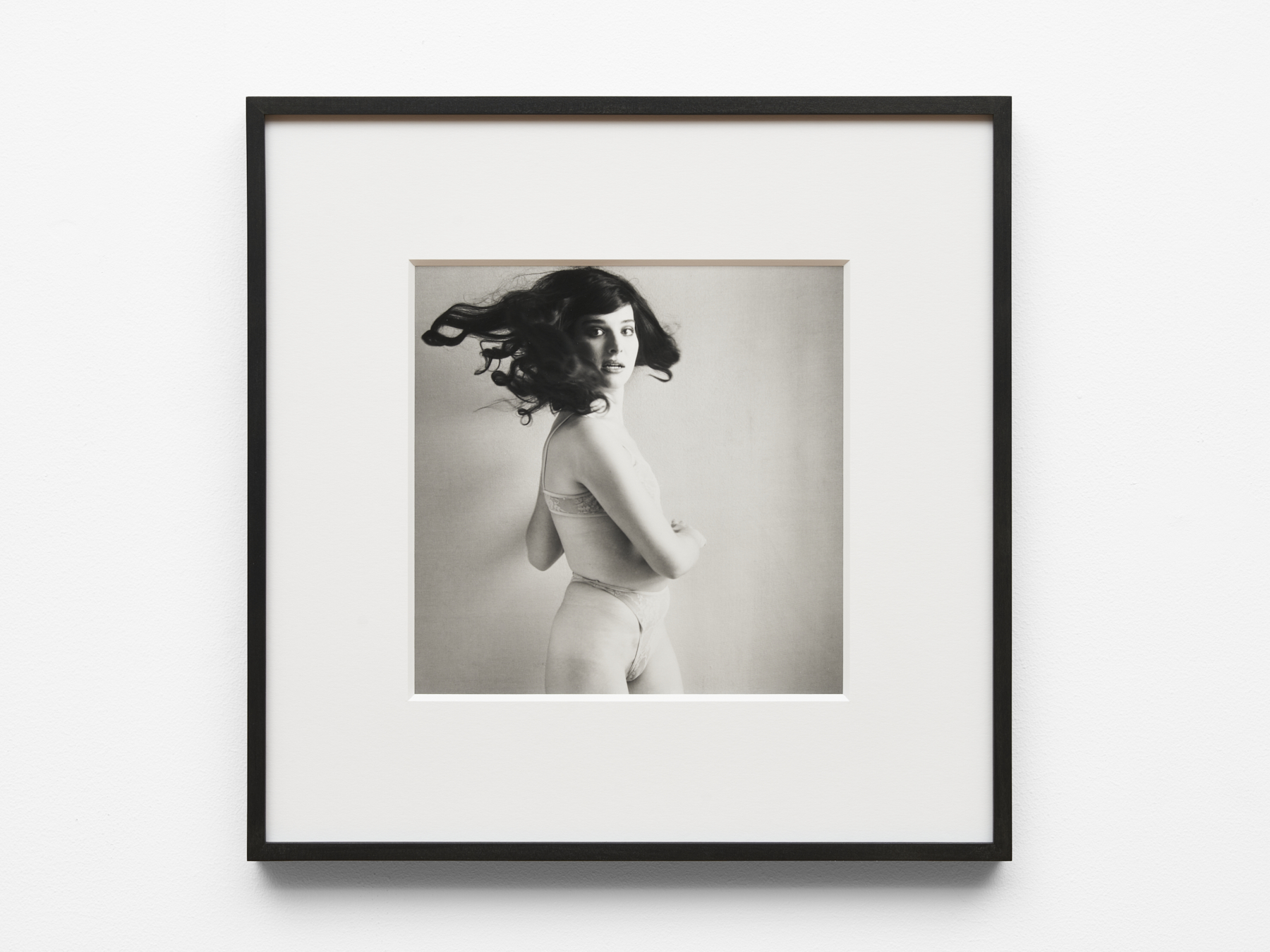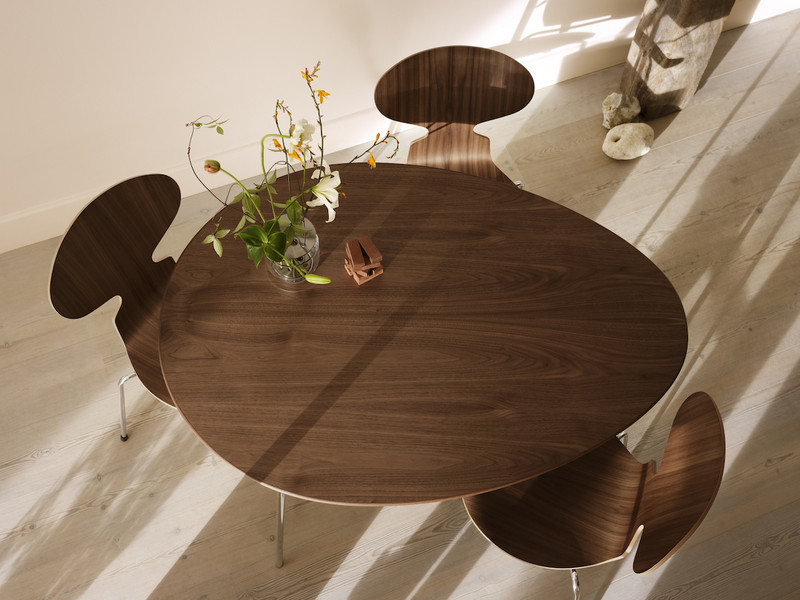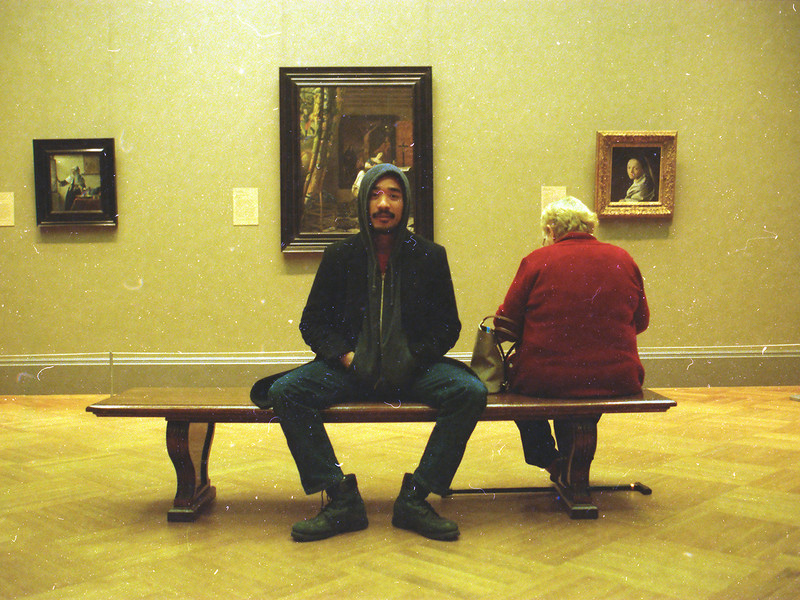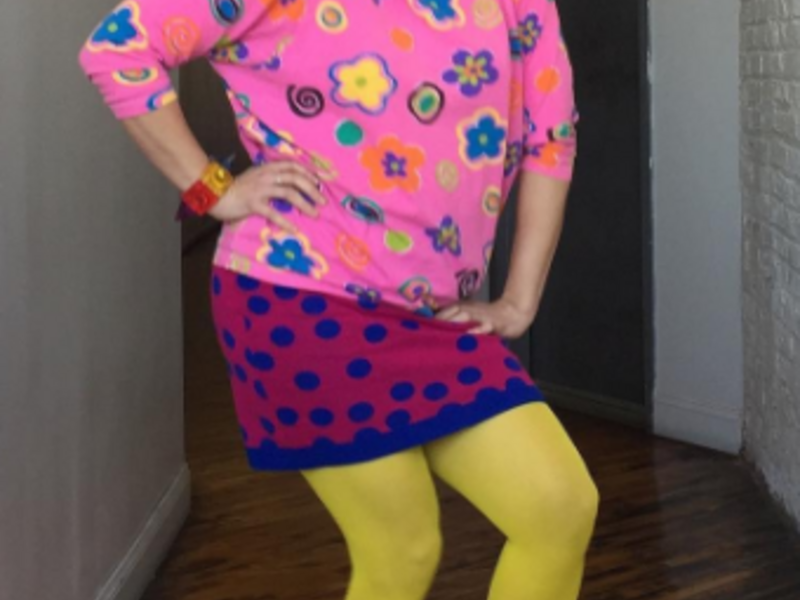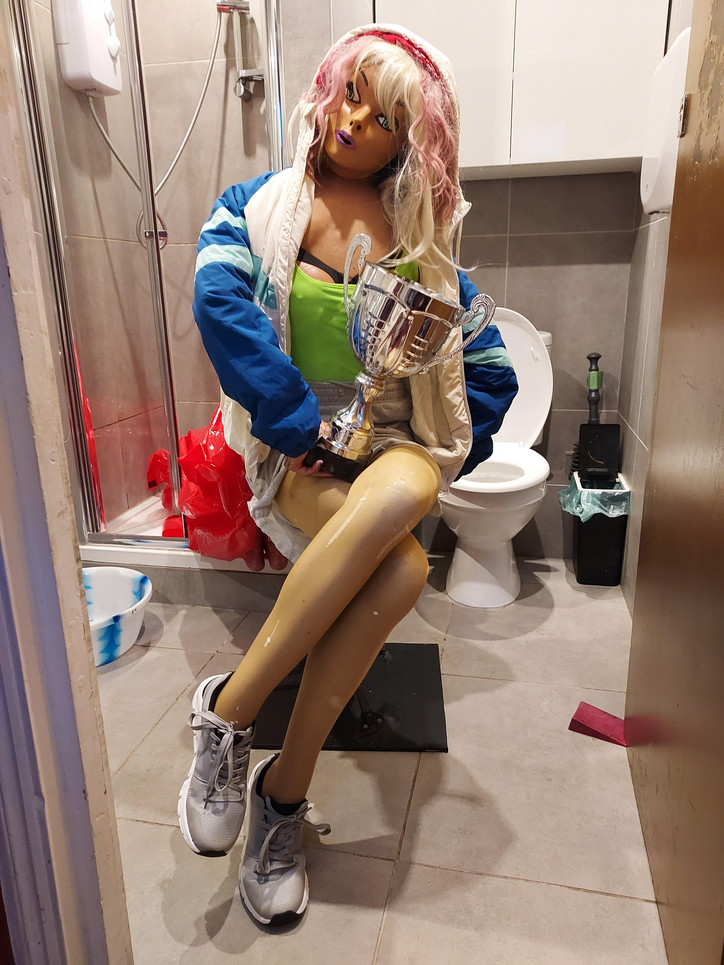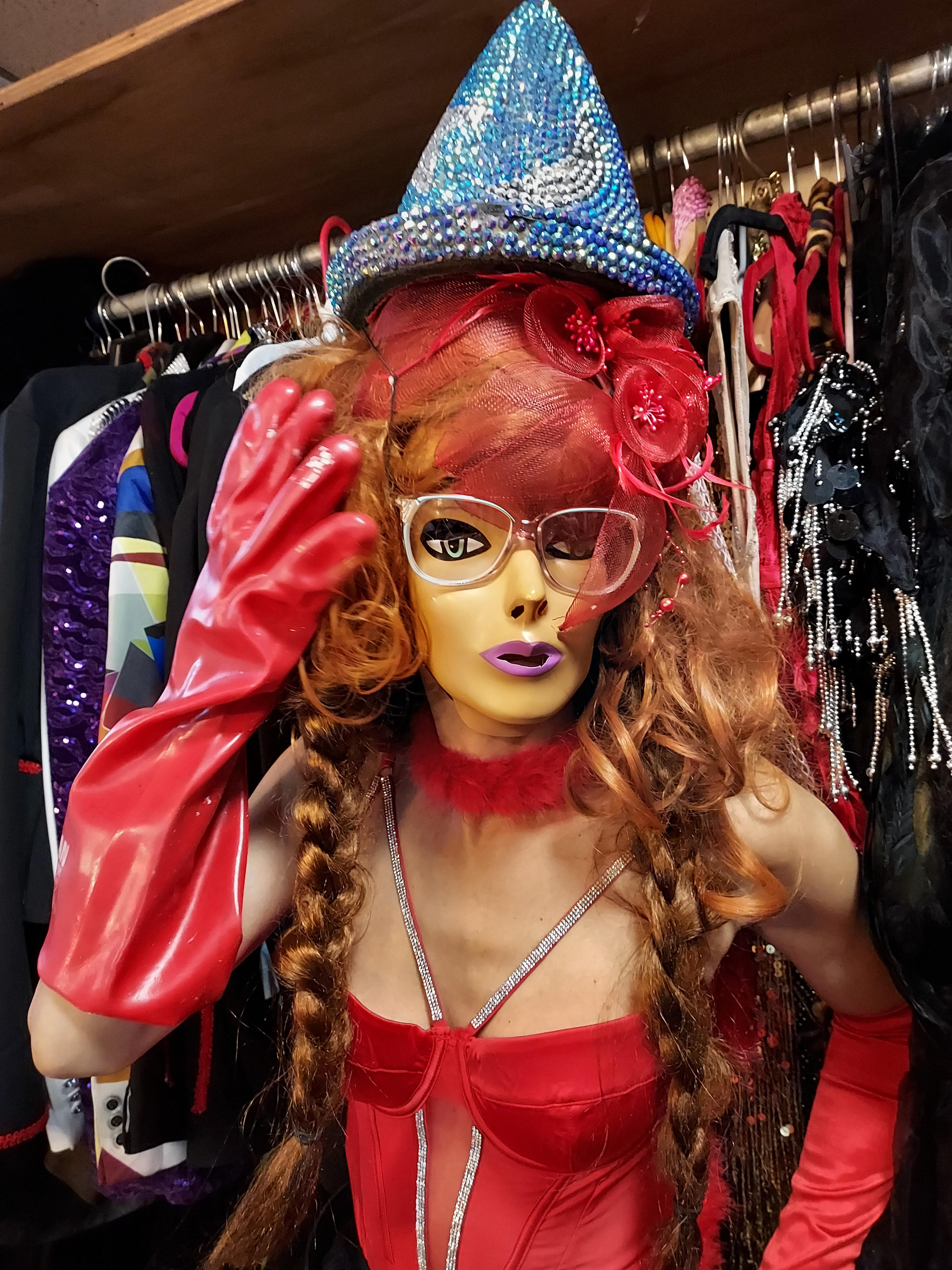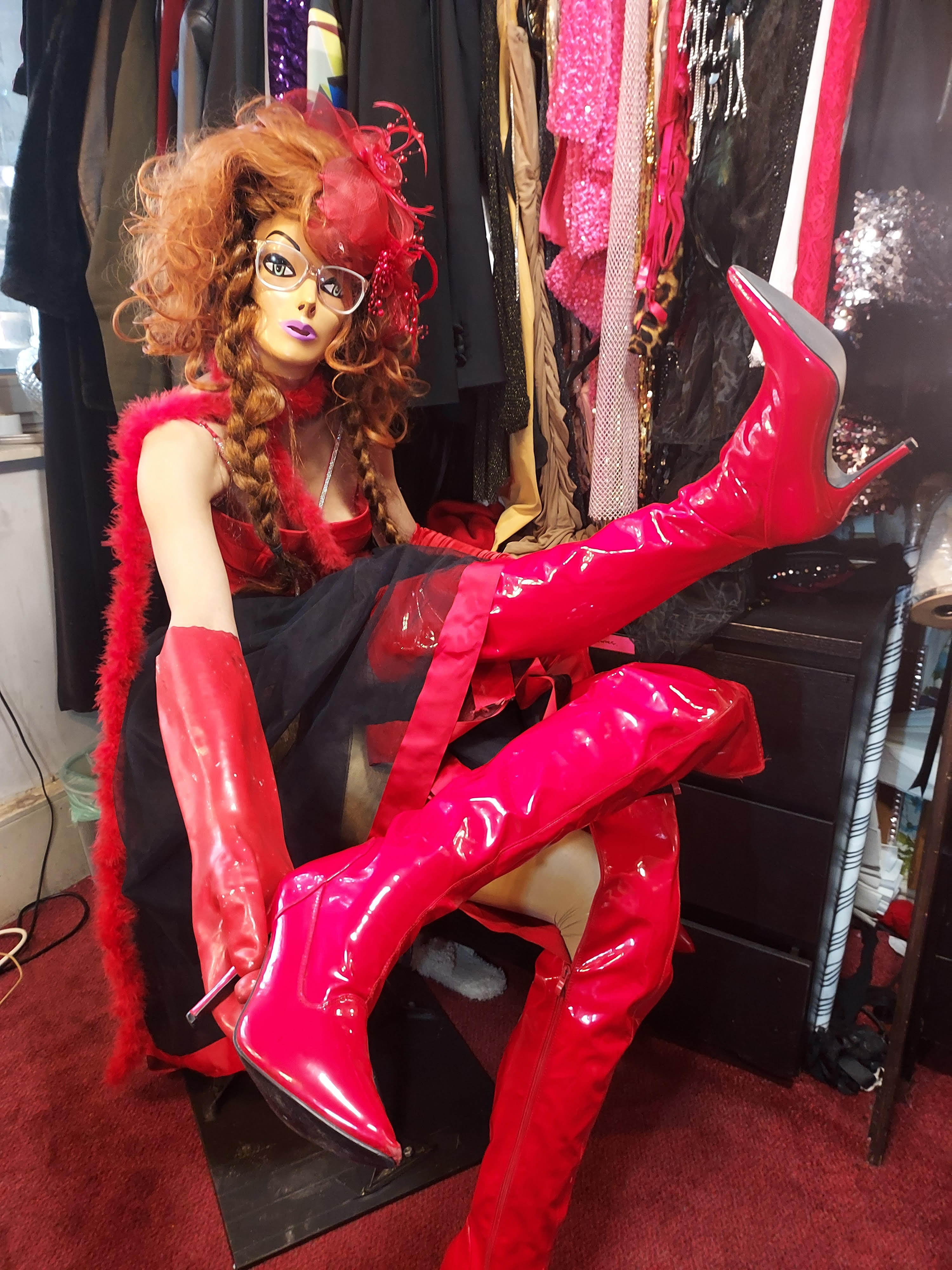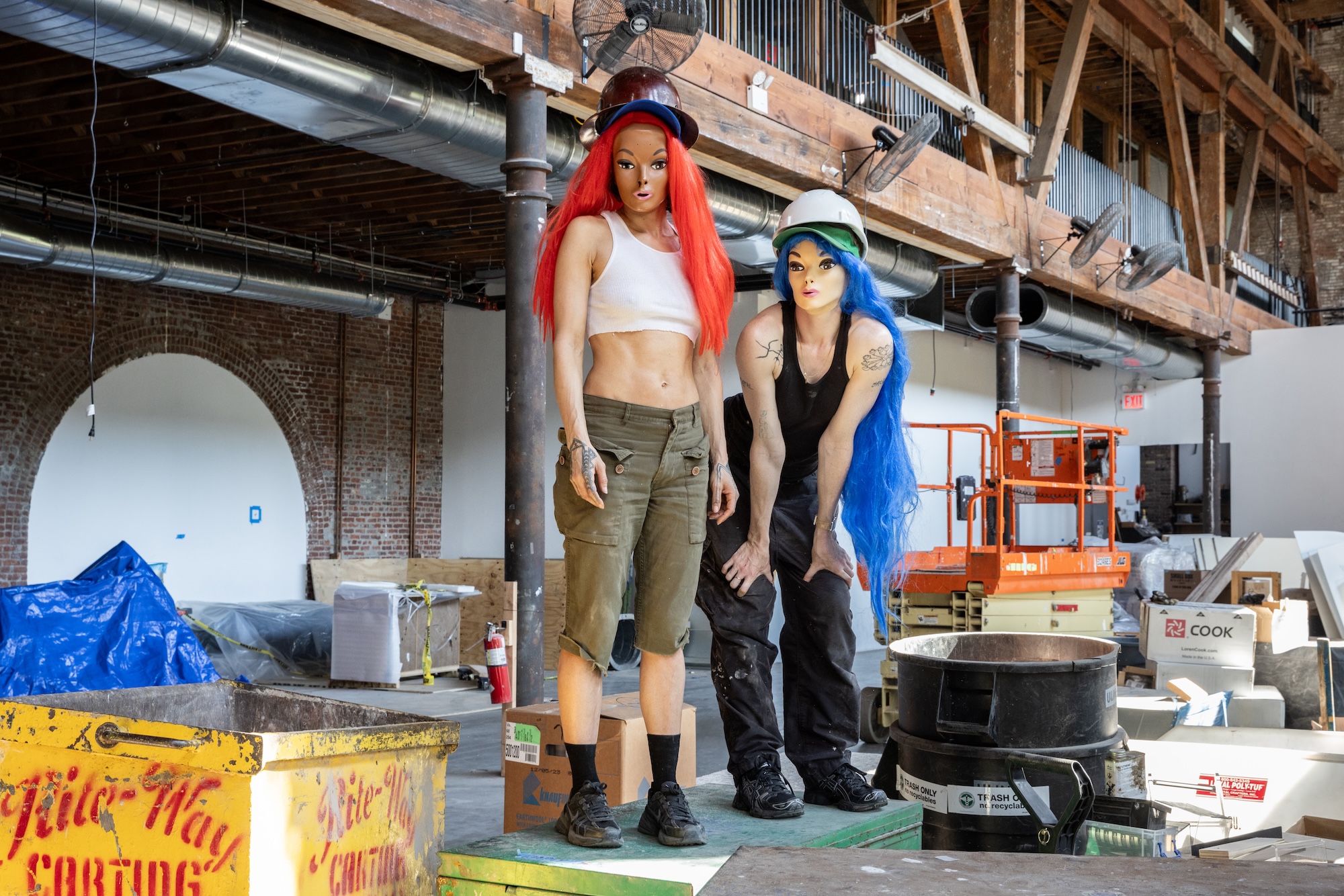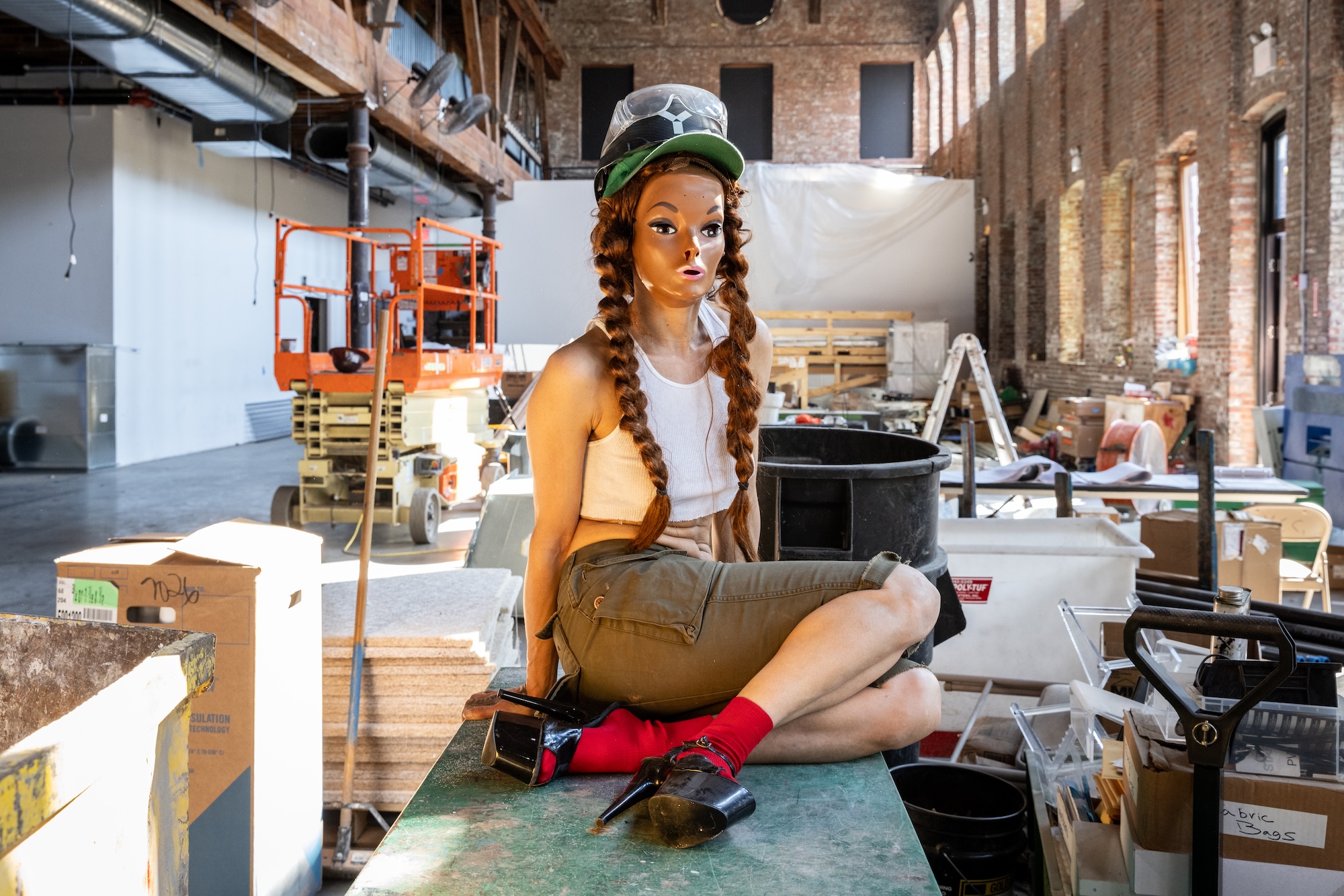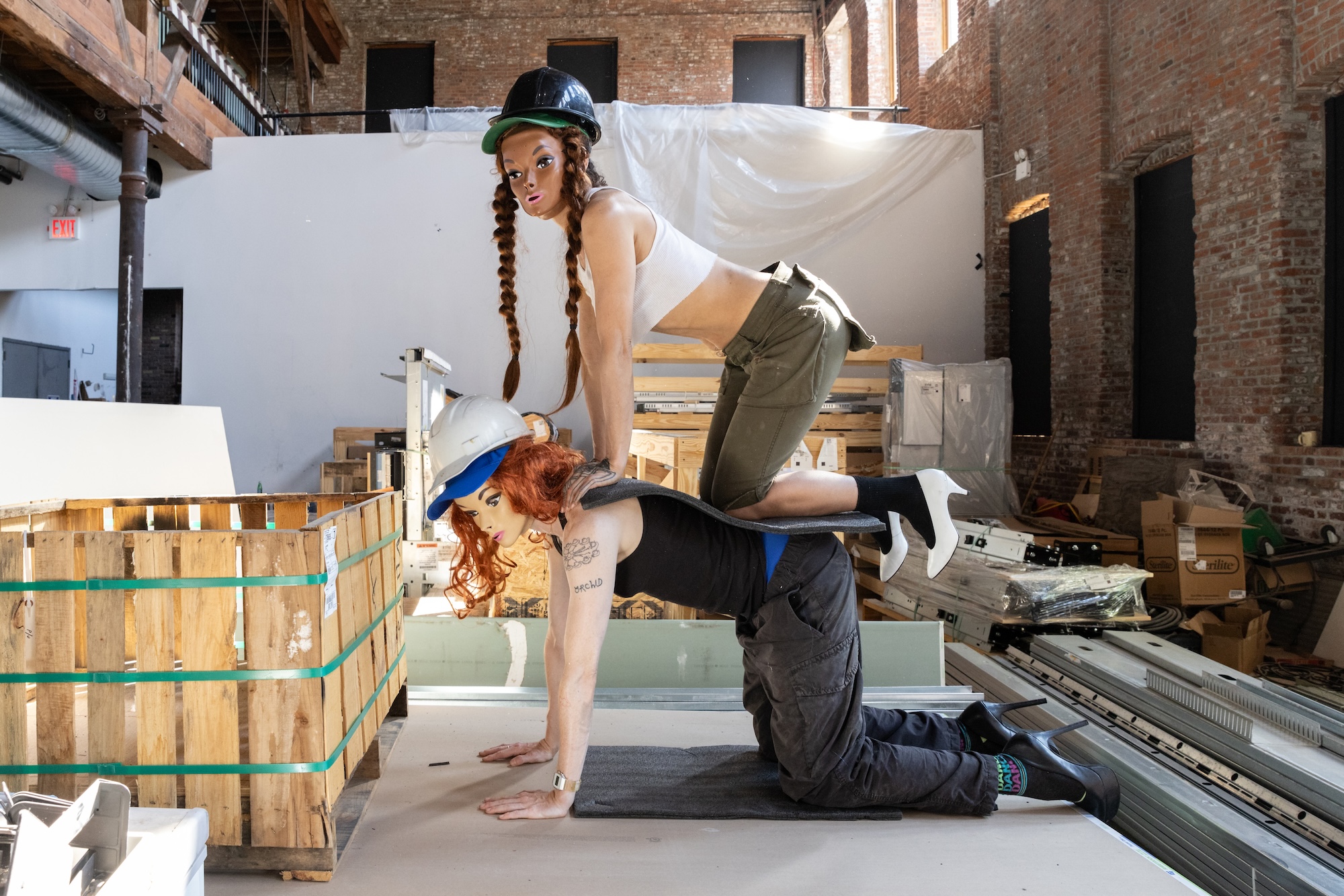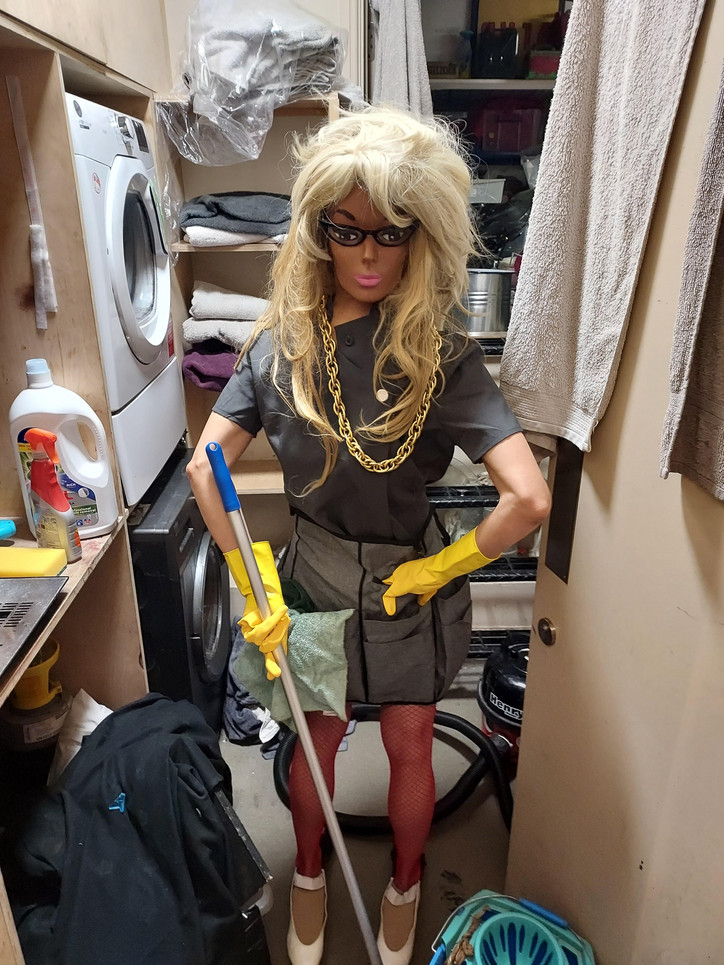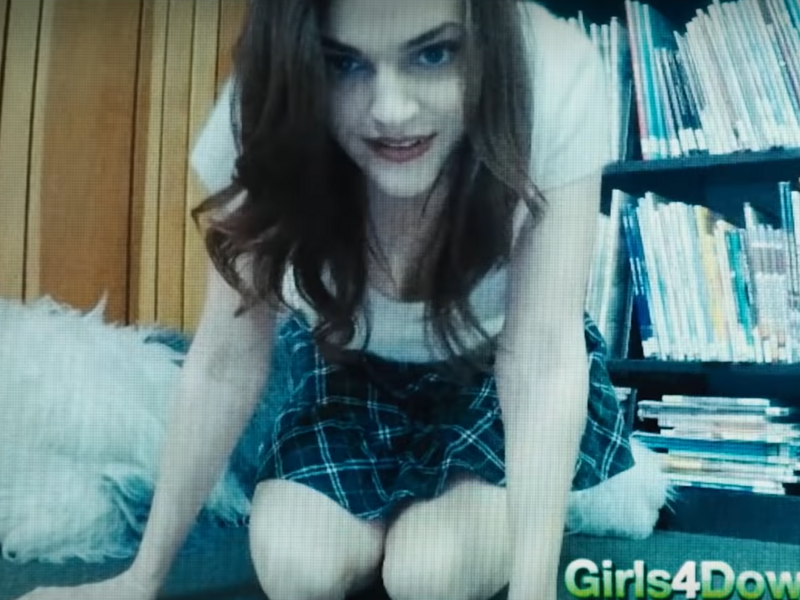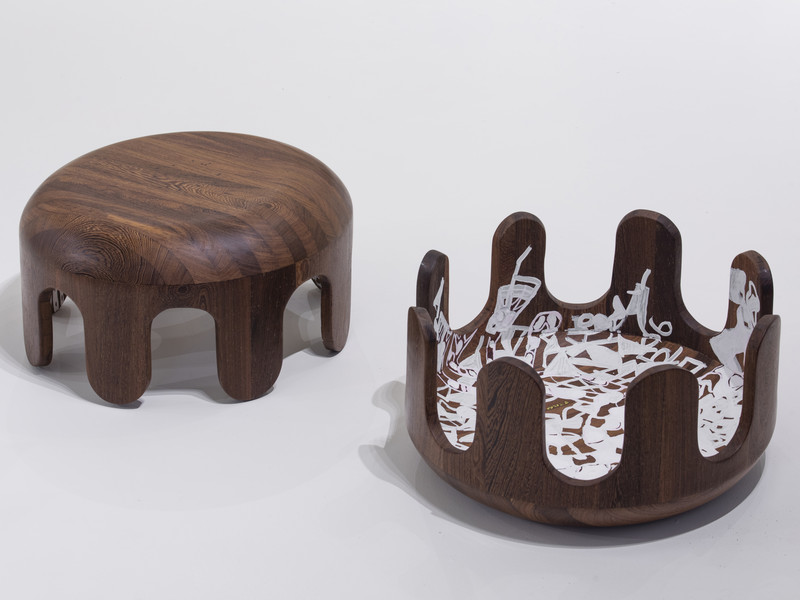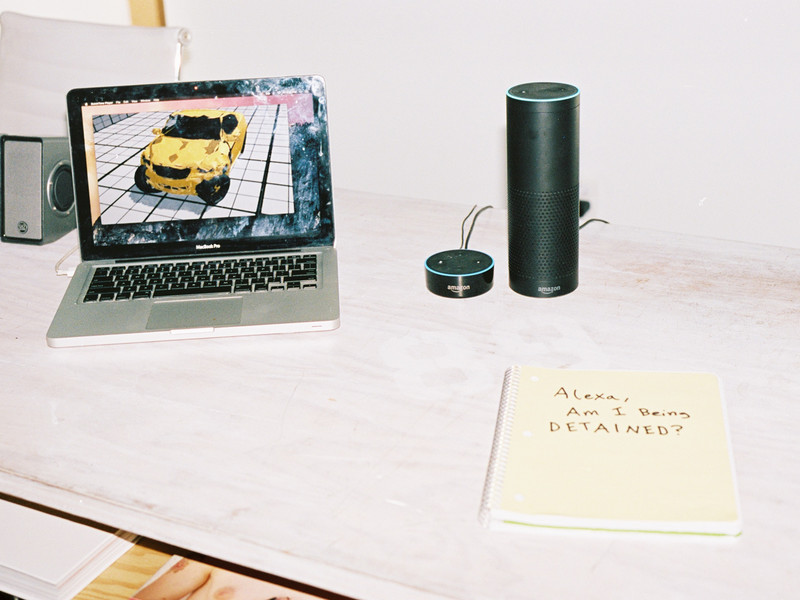AM/PM: The Temporality of a Single Moment
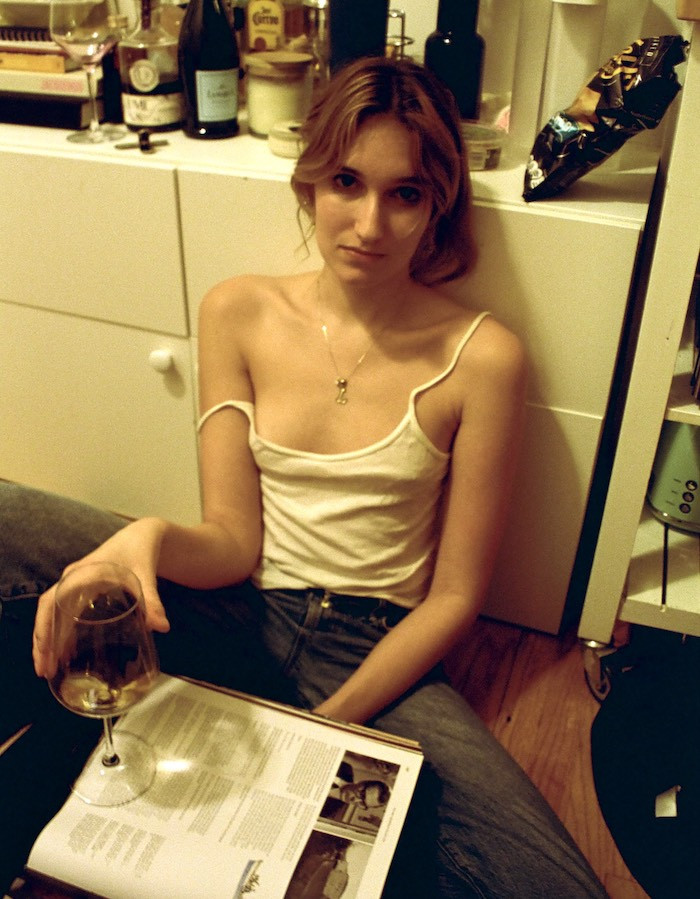
Noah recently founded PRIV.Y, a creative agency and production company based in the Lower East Side. As the gallery’s director, he had been patiently waiting for the right project to debut within the space, a project that would empower artists like Tommy and himself and truly highlight the strength in unity. AM/PM was the perfect place to start.
office sat down with Noah and Tommy after the exhibition came to a close — but ahead of their plans to release an AM/PM book sometime later next year — to discuss Tommy’s craft and what it was like organizing their first show together.
Noah Berghammer— I first met Tommy when he came by my studio in Chinatown and we instantly clicked personality-wise. We're both quite spontaneous and outgoing people. But I think Tommy and I kind of balance each other out — I'm a raging optimist and Tommy's kind of like, 'Eh, I don't know,' about that stuff. That day, he told me about this concept that he had, which was AM/PM. Tommy, you'd had this concept for a while and it's kind of taken different shapes and forms other than what we created. Do you want to talk a little bit about different forms it's taken and where the idea came from?
Tommy Rizolli— I grew up in the city of DC, and being out with my friends and having independence was a really prevalent factor in my childhood. So it makes sense that my work then progressed into just photographing my friends, whether it's editorial work or more documentary-based work, like this project. When I moved to New York, I was introduced to some really special, hardworking artists that ultimately became some of my best friends, along with people that I had been friends with for a really, really long time. So it was initially conceptualized as I had been shooting my friends in New York and then maybe two years after that, I was like, 'Oh, that'd be cool to do a book or something.' The concept highlighted this juxtaposition of my really tight-knit group of friends here, in the daytime and then at nighttime.
NB— That was the thing that was really drawing to me. I feel like I've grown so much as an artist since moving to New York because the city forces you to, based on how much you're intaking the people that you're meeting and the experiences that you're having. I hadn't heard anybody really define it in a way that was so clear until Tommy talked about AM/PM. Because when I first moved to New York, I would meet all these people at parties, at events, at Fashion Week — and I'd think, 'How do you actually become friends with these people?' To me, my daytime friends were the people that I turned into real friends. So it was funny having somebody else come in with this whole concept that illustrated that so well. I don't even think that I had really seen many images from your concept of the show. I was really just drawn to your work at large. And to the concept, and then to you as an artist. Tommy, I know you talked about a book, but was the fine art context ever something you were thinking about within your work?
TR— I don't think so. I can’t really describe what my work is. I think something that's important to me is, at least when it comes to photography, that style can be a hindrance. For me, themes in my work are more important and, in my work there are always a few, but the overarching one is that the people I photograph — whether it's commercial work or personal work — are people that I'm really genuinely close with and have a real connection with. So yeah, I wouldn't say fine art was in the back of my mind. I don't even know if I knew that that was a way to describe certain styles of photography. I just wanted to shoot the shit I wanted to shoot. I didn't really give a fuck.
NB— Having been your friend for a year and a half, you've been so unwavering to that motive. I get frustrated with Tommy every once in a while because he chooses not to shoot commercial work. But then you see in the images why they work, it's because there's a relationship there and nothing is forced. I'd always wanted to have this physical space for my community to find refuge or to be able to show work or perform. I was thinking live music venue, I was thinking cafe, I was thinking concept store. But then I thought, 'What could a gallery or an exhibition space look like if it's also an office and also a performance space?’ — kind of like this shapeshifting, melding place. And when I was able to secure that, I thought to myself, 'Now I have a gallery. Who do I show?' And you immediately popped into my head. Having gone through that whole process together, I know that it was pretty emotional for you to go through the negatives and whittle down what images would make the show. You want to talk a little bit about the curation process?
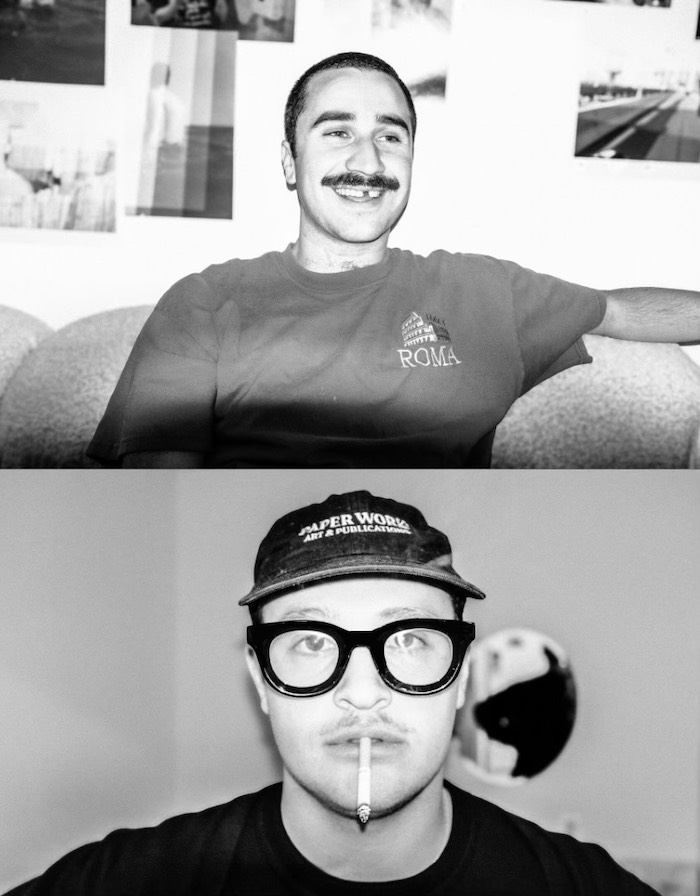
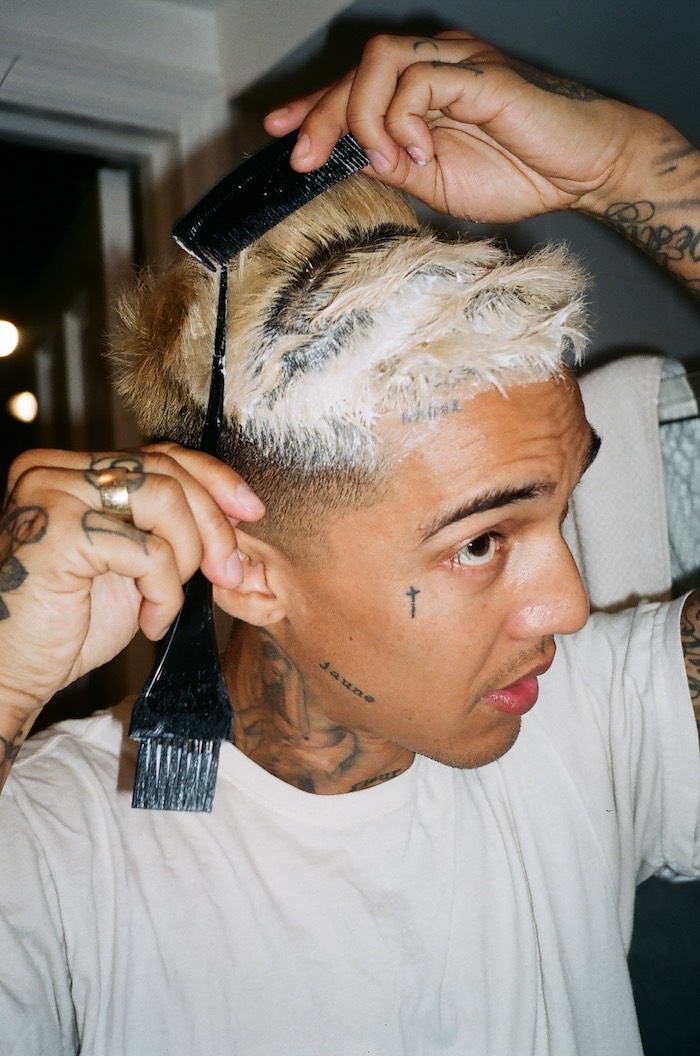
TR— Yeah, I mean it was really cool. First it was looking through all the negatives and then cross-referencing those with the selects we wanted in the show and then figuring out which ones we wanted to hand-print. It was super emotional. I mean, it was five years of living here just flashing before your eyes. I have a newfound gratitude for my friends. People come and go, but it's nice to see how close we've all gotten and the people that have remained.
NB— A lot of these relationships and these connections that we have to people, we don't really have a clear definition of why they are so special. When I look at your work, especially in the context of all of it together, what I feel are very emotive feelings, but I don't really know what they are. When I see you riding on the dirt bike across the Manhattan Bridge, I don't really know what that makes me feel, but I know it makes me feel something, you know? It's defintiely an emotional process when you're going through work and then you're giving it context and then you're dealing with why that context was important to your life. I know that some of those images touch on past relationships. They touch on friends that you're not really friends with anymore. They touch on people that have remained for 20 plus years in your life. It is really kind of like sitting back and saying, 'This is who I am.' So when you're thinking about yourself as a photographer, or better yet as a person, who are you?
TR— I think I've always had a lot of confidence in knowing that my friends are special. They're good people and they're really hardworking and talented. Maybe they don't take themselves seriously, but they take their work really seriously. I was happy to just be with them and be able to document them and live in those moments with them. My memory is so bad, but I can look at any photo and I can tell you, almost down to the day and what year it was, what we were doing and what street it was on. That's another part of why I was so emotional. It's just like, holy shit. That was five years ago. Time flies.
NB— And I really loved listening to you recall those things when we were going through the images. Kayla, it took us so long to whittle down our selects. I genuinely don't think we had our selects until about two weeks before the show. We started with about 80 or 90 images and we wanted to whittle it down to about 25. And I think it really came down to Tommy, your memory, it was like, 'Yeah, this might be a better image, but nothing was happening there.' Whereas another image had a really meaningful memory attached to it. You're not really that traditional photographer in any way, shape, or form [laughs]. So I was curious in looking through these photos with you, when do you decide to take a photo?
TR— It connects back to what you were saying. I have such a deep emotional connection to the photos just because of how I was feeling in that moment. I don't know if it's tangible. I either get the feeling or I don't. Like with Dom for instance, it was just pure joy and freedom and risk. Or with Jalen, it was volatile and it was really fun and sad. I think it's just about whether or not I really feel a strong emotion. But I'm definitely not a technical photographer by any stretch of the imagination.
NB— The way you take photos, I think, is reflective of the type of person that you are. When I asked you what was important to you about doing a show, it was just that people thought your images were honest. There is no more honest image than the ones that you choose to take in moments where you feel something. I think all artists can relate to that to some degree. I don't even know if you take photos of strangers ever.
TR— Right. No, it's not my thing.
NB— I'm sure there have been times in your career where it would've been really easy to just commit to being a street photographer or a studio photographer or something like that. But I think your sheer defiance against that has been what's really guided you. I'm not necessarily saying that it's always comfortable or easy to do those things, but I think the reason people gravitate towards your work is because of the attachment that's there. It's not because the images are using the best source of light or that they're super technical. I think there’s so much more to be said about you taking the photo rather than the photo that's being taken.
TR— Thank you.
NB— Talk to me a little bit about the whole idea of having a show about you. How do you feel about that?
TR— That aspect, as I'm sure you know, is not my forte [laughs.] I think it was easier for this because it felt like it almost wasn't even about me. It felt like the show was about my friends so I think that was easier for me to digest. It's definitely hard receiving compliments. The marketing and the promotion of it is definitely something that I'm not good at or something I'm super interested in. But I know it's important. I am really happy to be the one to take the pictures and I do think my friends, in a lot of ways, are a reflection of me. So I do think there were some aspects in the show where I was like, 'Okay, this does have me in it.'
NB— I think it has a lot to do with your selflessness as a photographer as well. You really do want to show the best parts of the people around you. I feel like that's what I noticed being in the room with 200 people at our opening. Your dad actually came up to me and he said, 'Doesn't he have a way of just making all the people around him feel so special?' And I thought that that was something that just was really powerful and impactful because you do have that charisma about you. And I think that when you choose to take a photo, it's almost like saying like, 'I love you.' You know what I mean? This is just your way to tell your friends that you love 'em.
TR— I think that's a good way of describing it. Yeah.
NB— How do you see your career going forward as a photographer, now having drawn this line in the sand?
TR— I definitely want to focus more on shooting in studio. I love editorial work. Something that is always in the back of my mind is, 'Can the way I photograph translate into that setting?' I have shot editorial stuff before and that's something I want to explore more. I just want to continue photography in my own way. That's the most important thing.
NB— I think what's been the most important for me to realize as well, as an artist, especially someone who's young in New York, is that there's a lot of energy around hustle and making it for yourself. Now taking on the role of an agent and an art dealer, I'm having to really step on the opposite side of things and say, 'Well, what's even important to you as an artist?' One thing that I've realized about Tommy is that what's important to him is staying really true to himself. I have to find a way to continue to empower artists like Tommy in spaces that I can now provide without losing why I'm doing it in the first place. And I think that that was why it was such a beautiful experience to be able to start that show with you Tommy. It felt like some semblance of success, but I think I honestly, for us, it would've been successful if we just got the doors open. Can you talk a little bit about the experience of us working together on this and this being our first real show?
TR— Yeah. I mean, I thought it honestly went pretty well. Something I really appreciated was that you gave me a lot of space and respected my creative decisions. I felt like we communicated and we worked through some adversity.
NB— Having gone through something like that, it just made me super proud to be your friend. You don't really know what kind of friendship you have with somebody until you do something of substance together. I think it was exactly what it was supposed to be. It's a beautiful thing when you can make things like that come together. And the only way you can do that is with the help of your friends.
